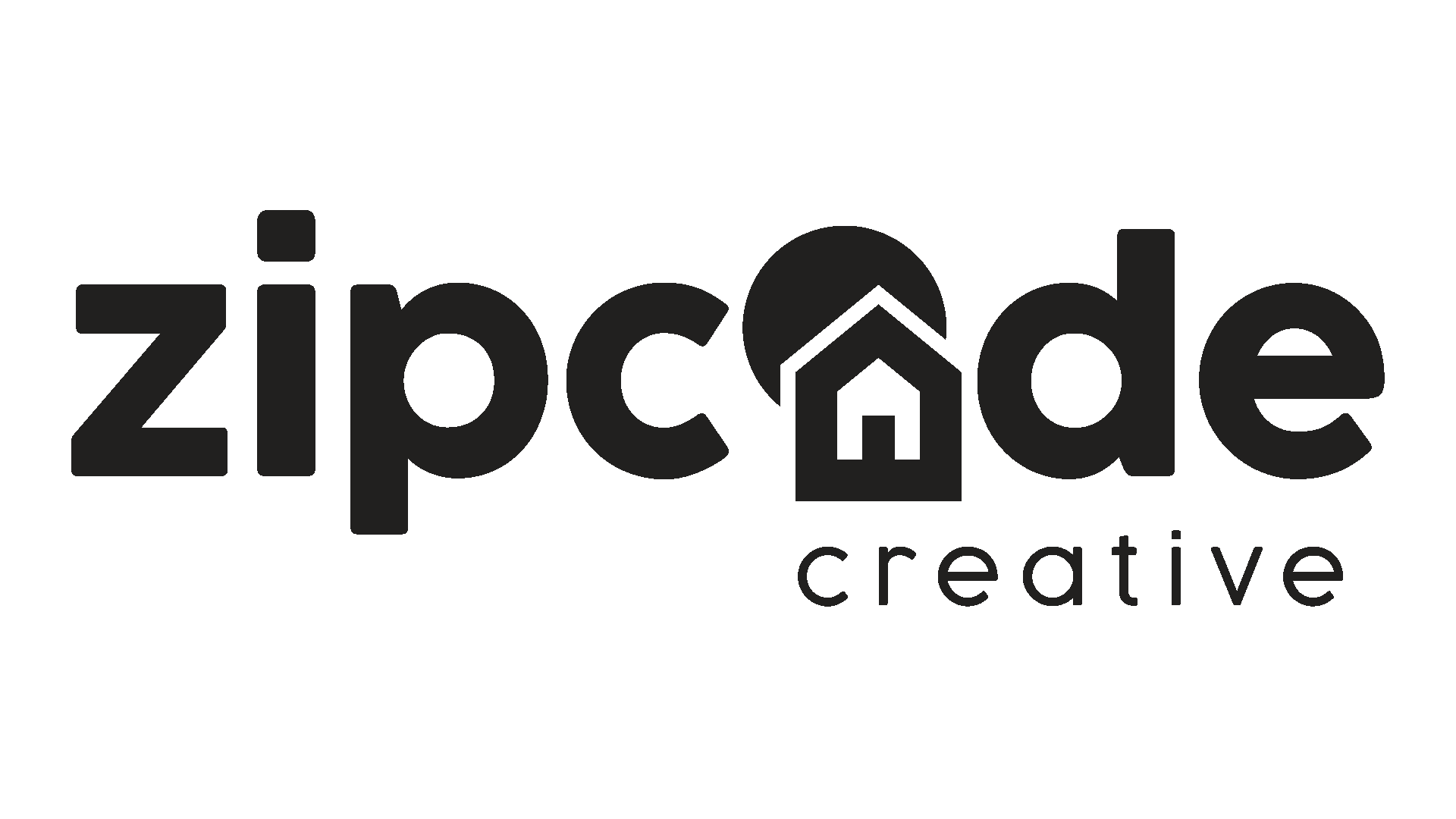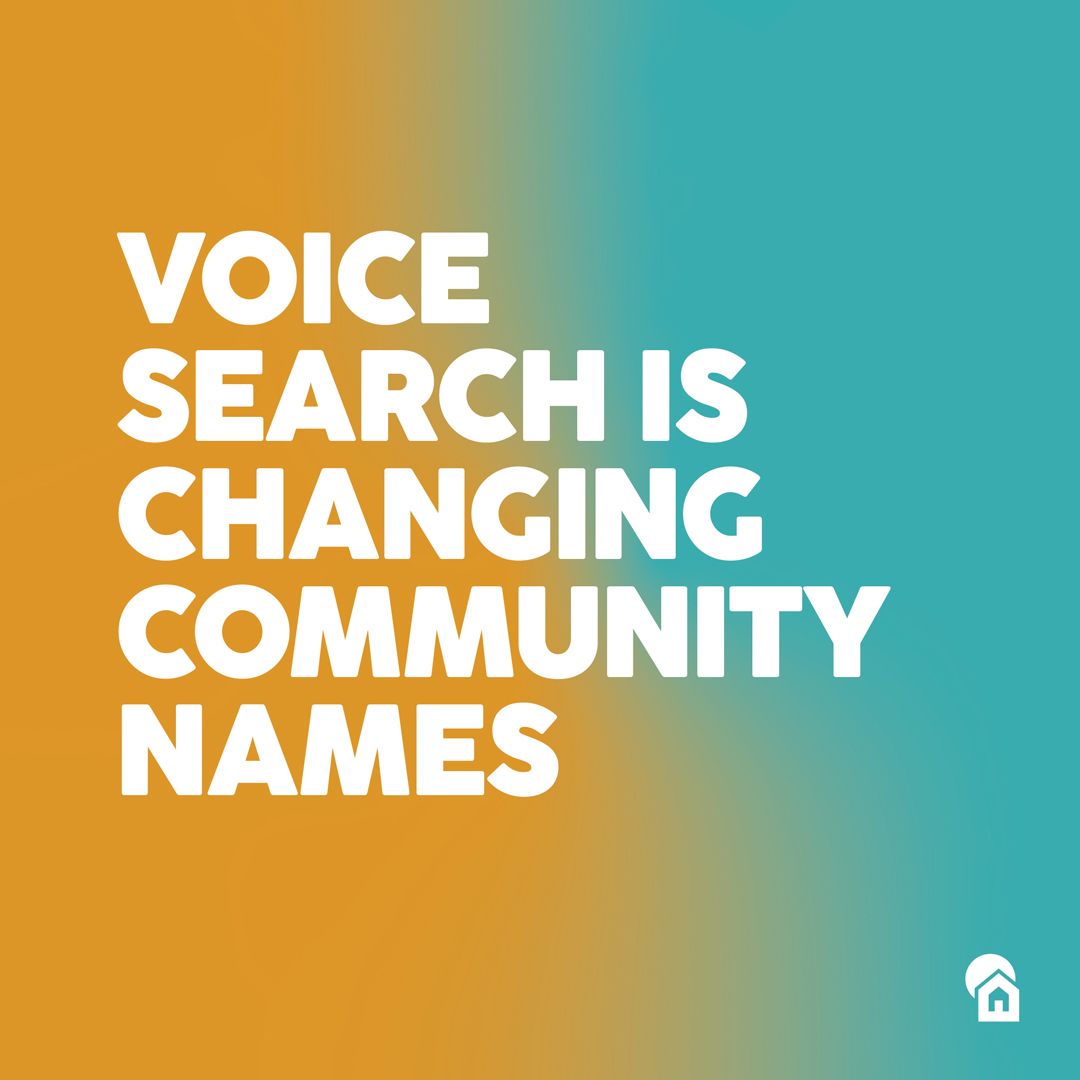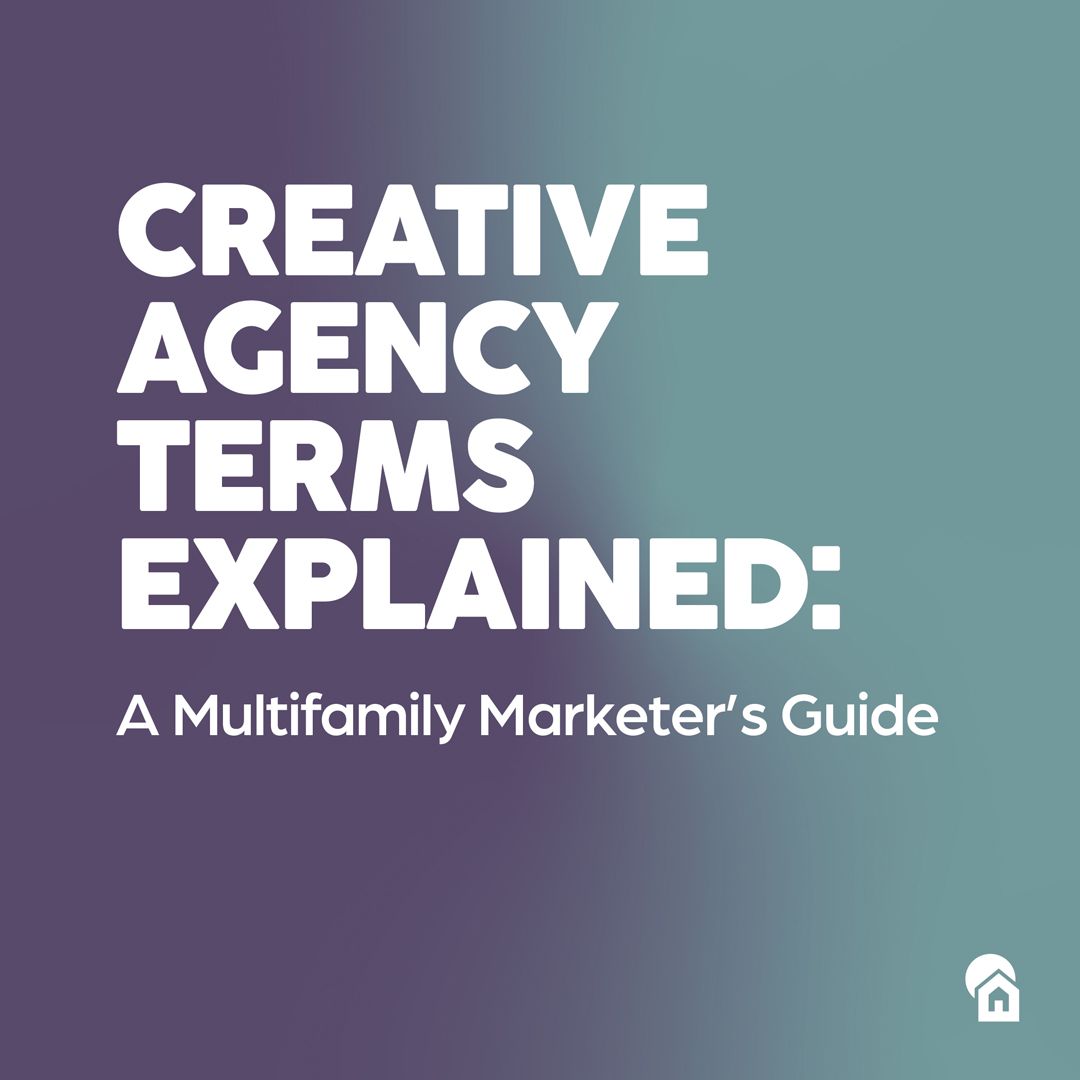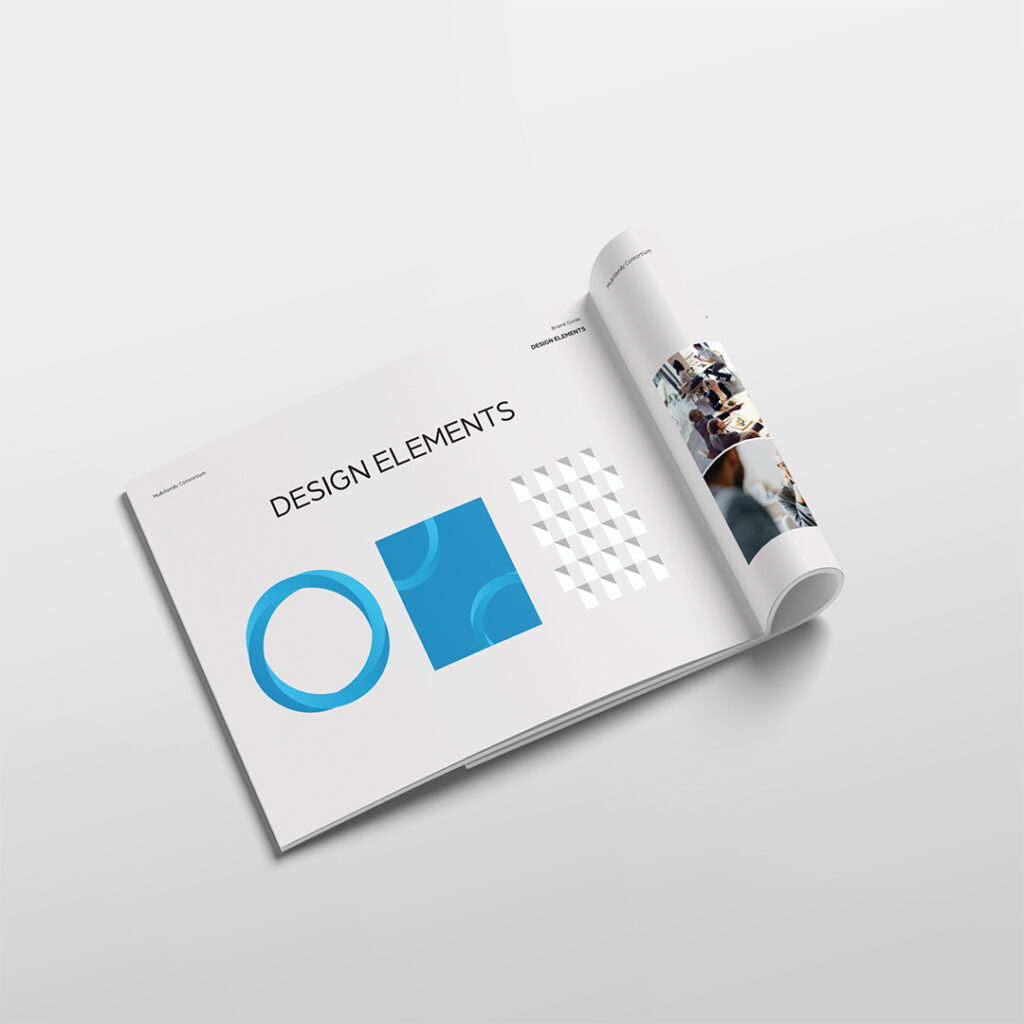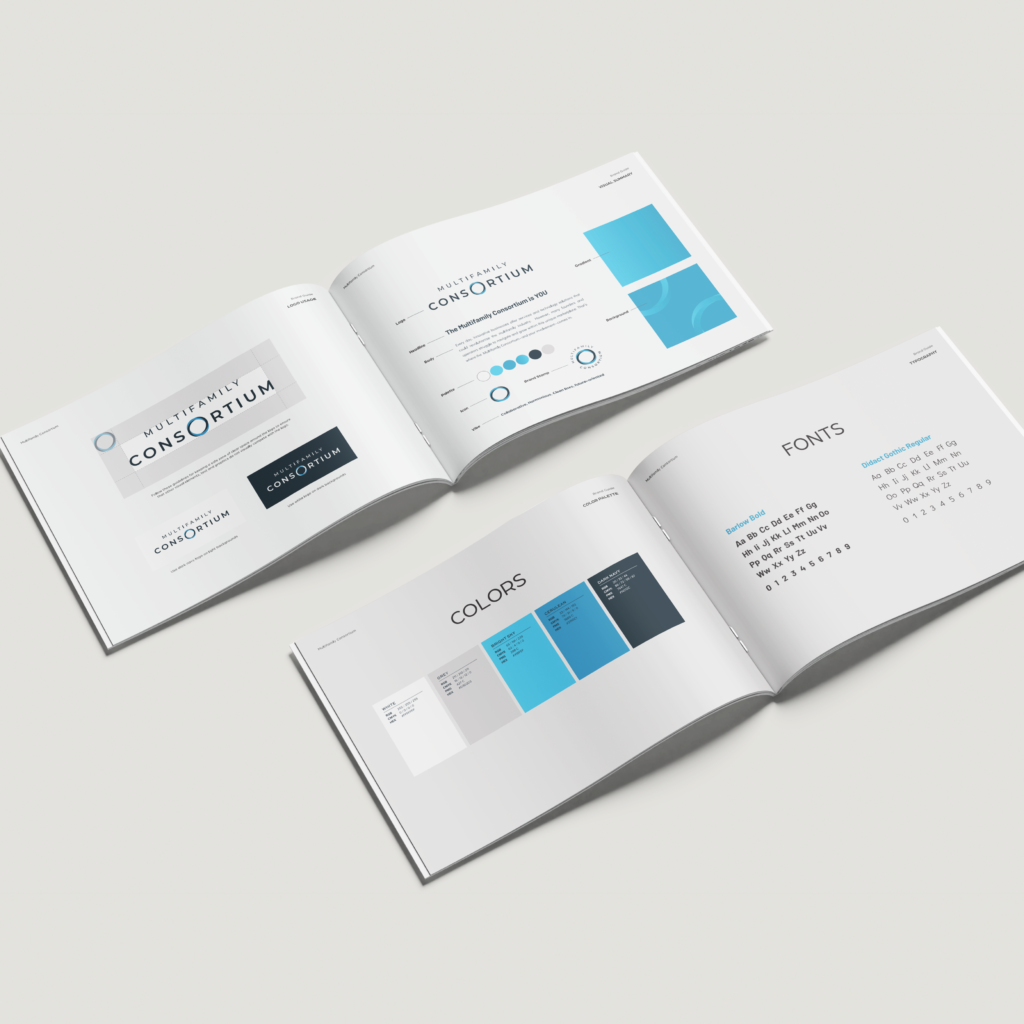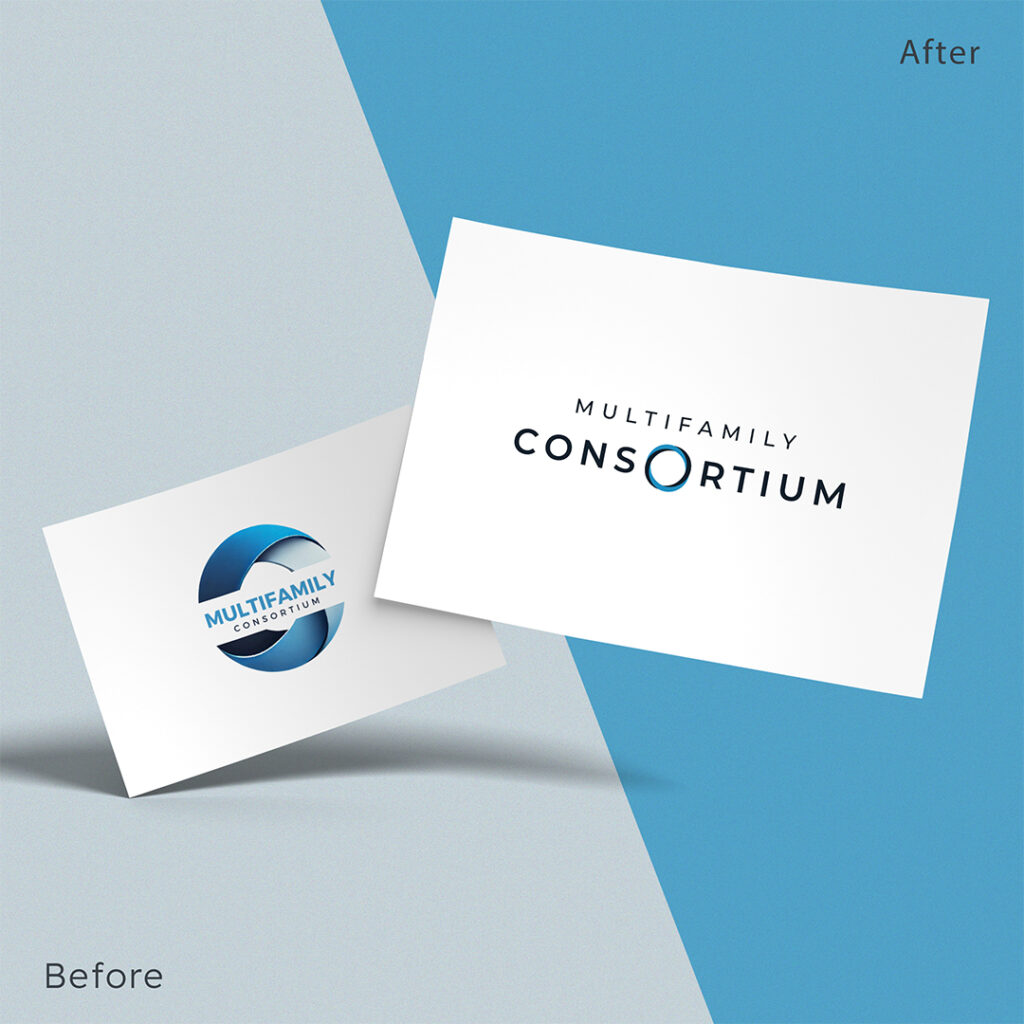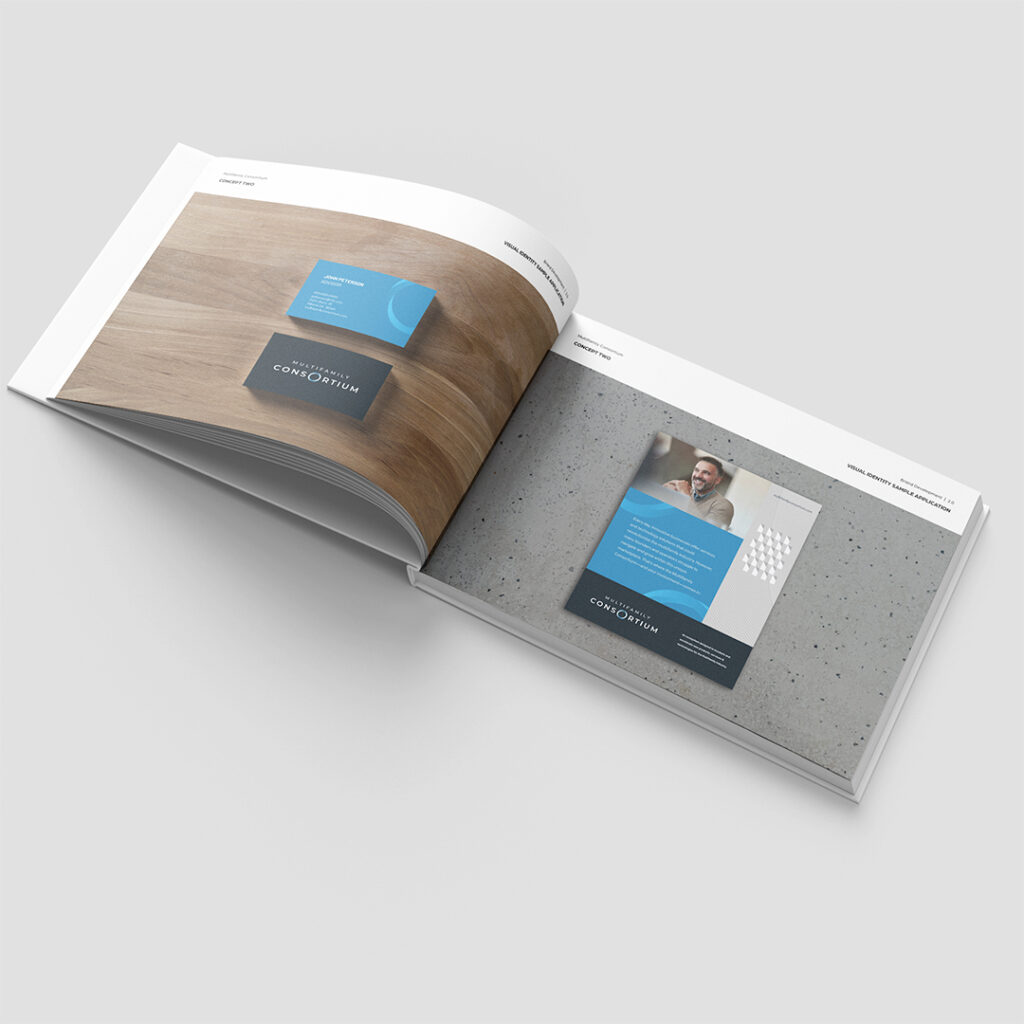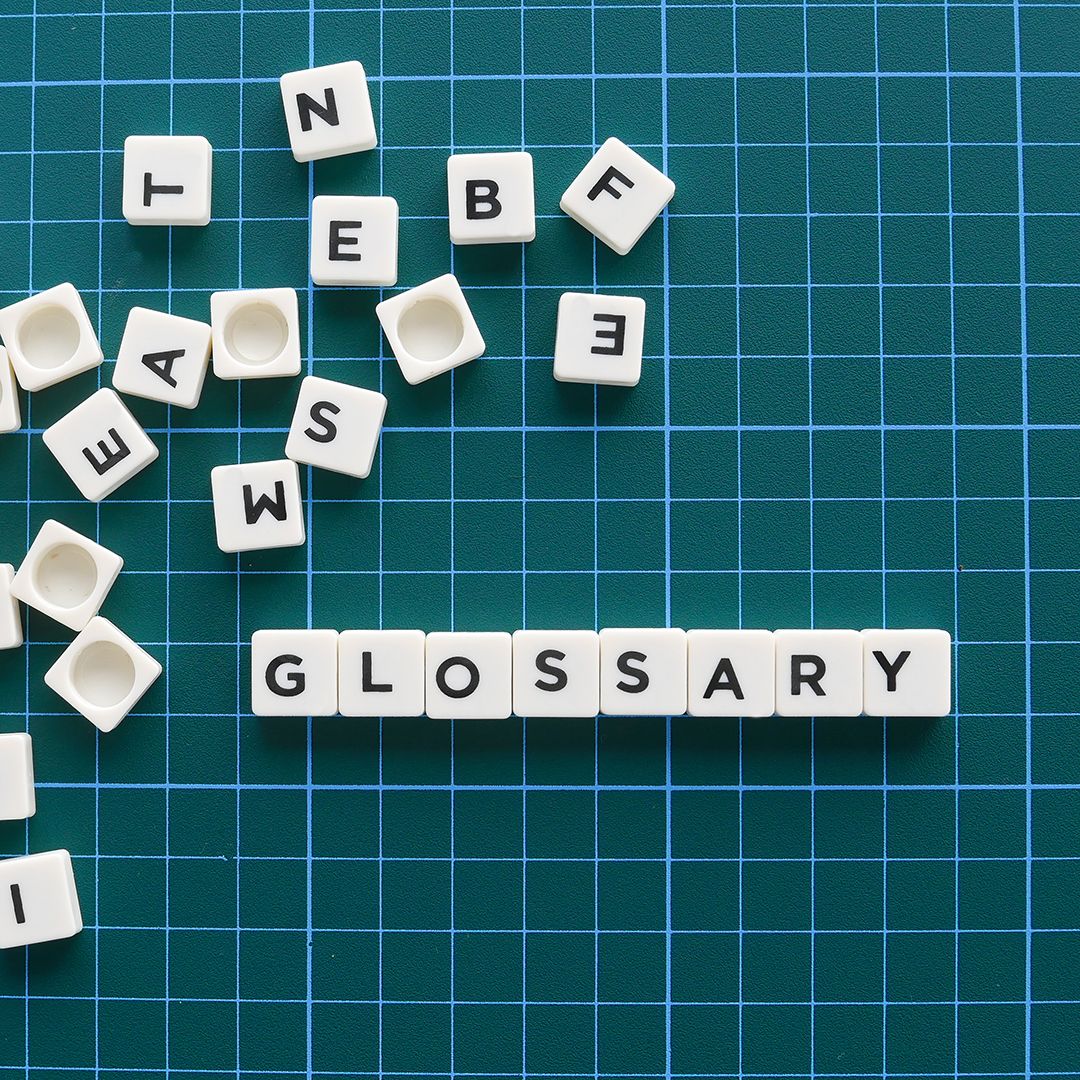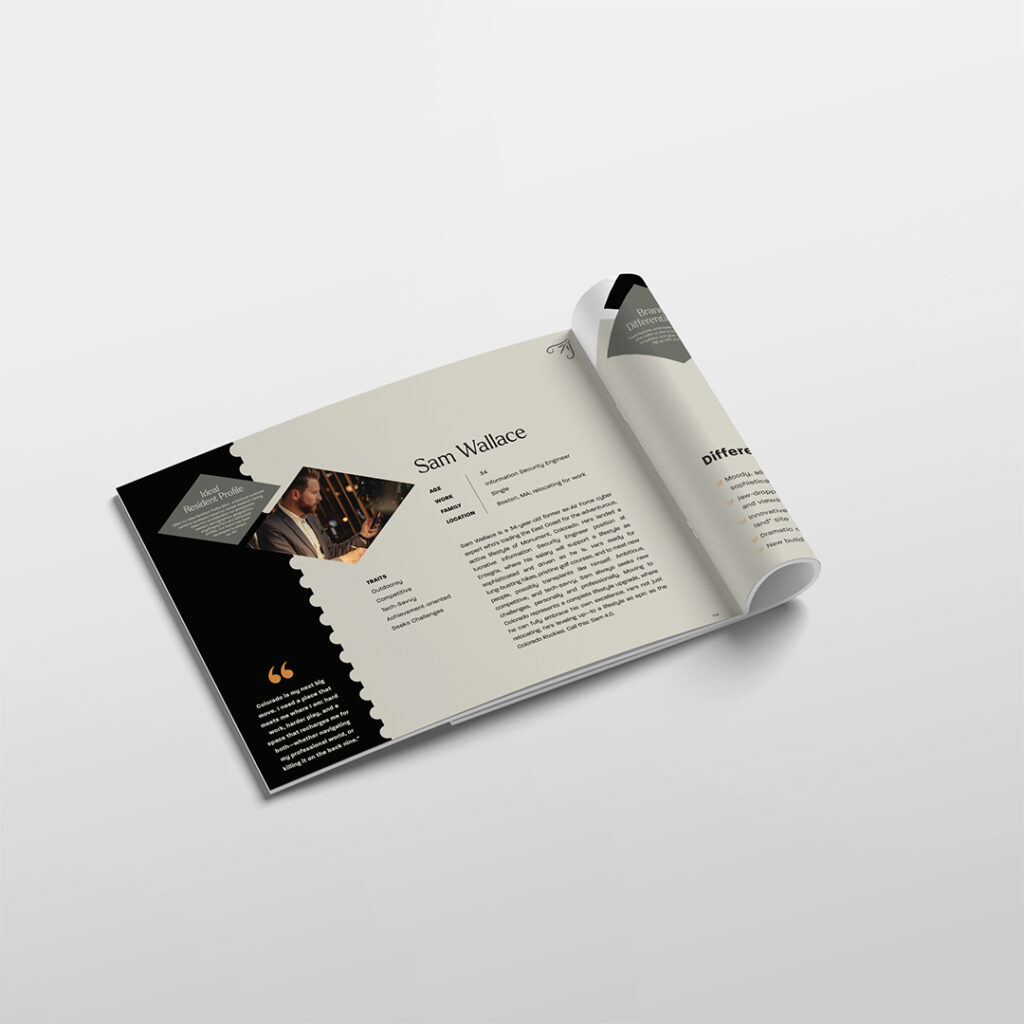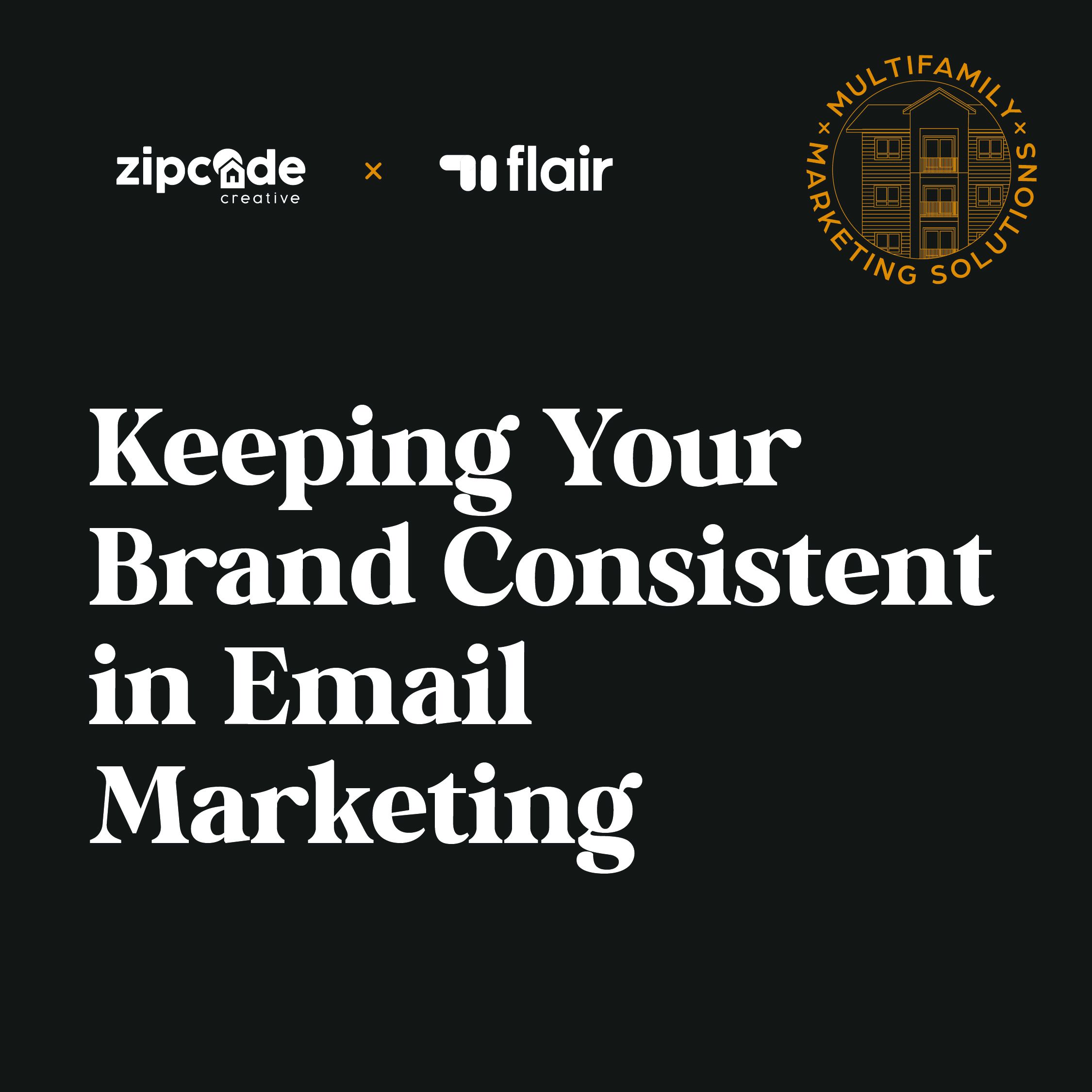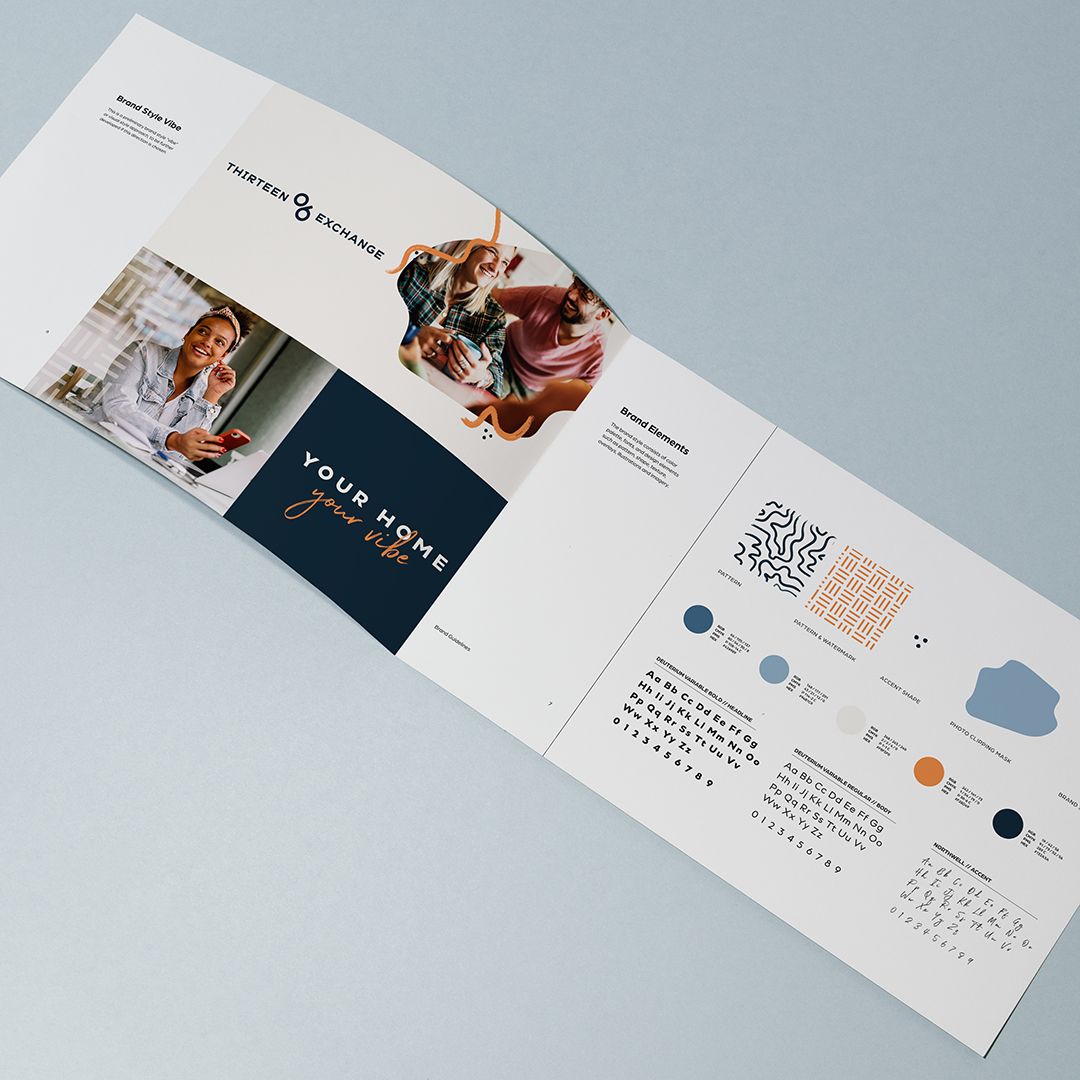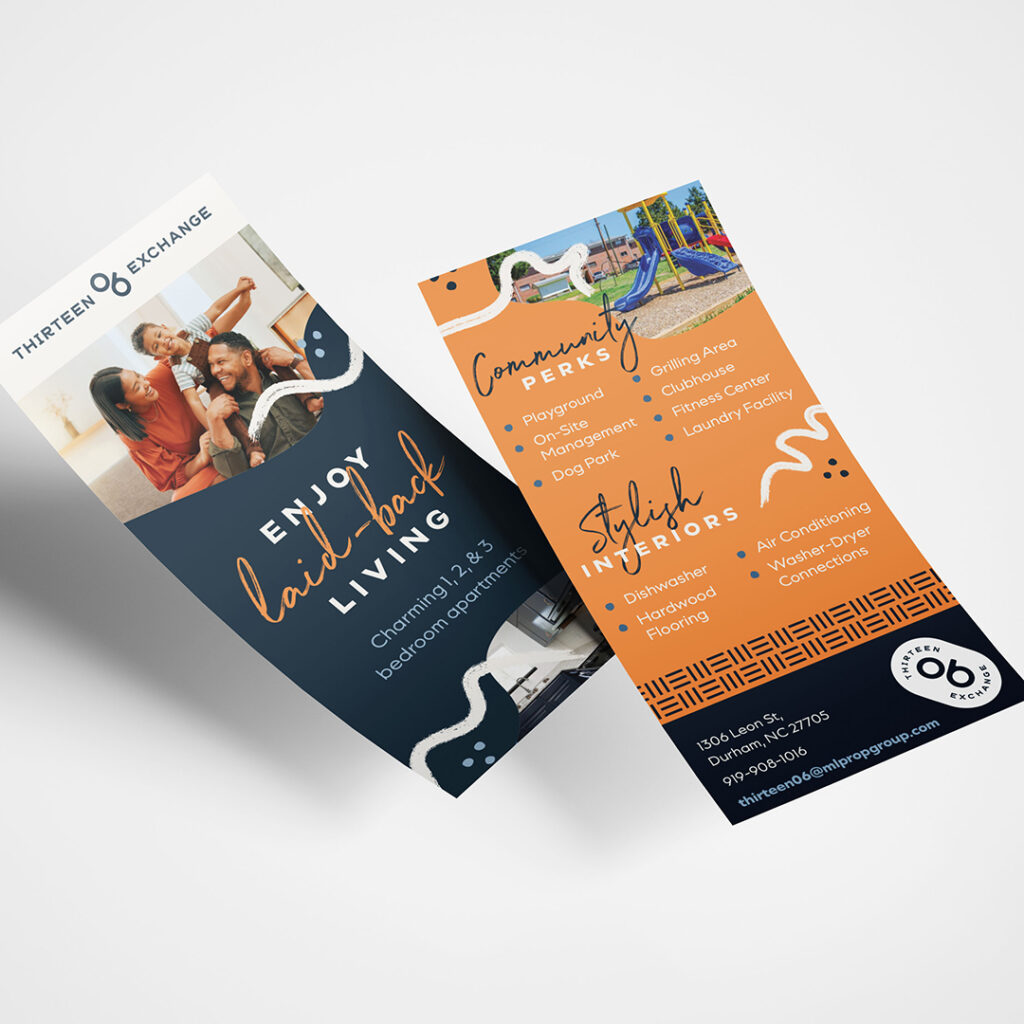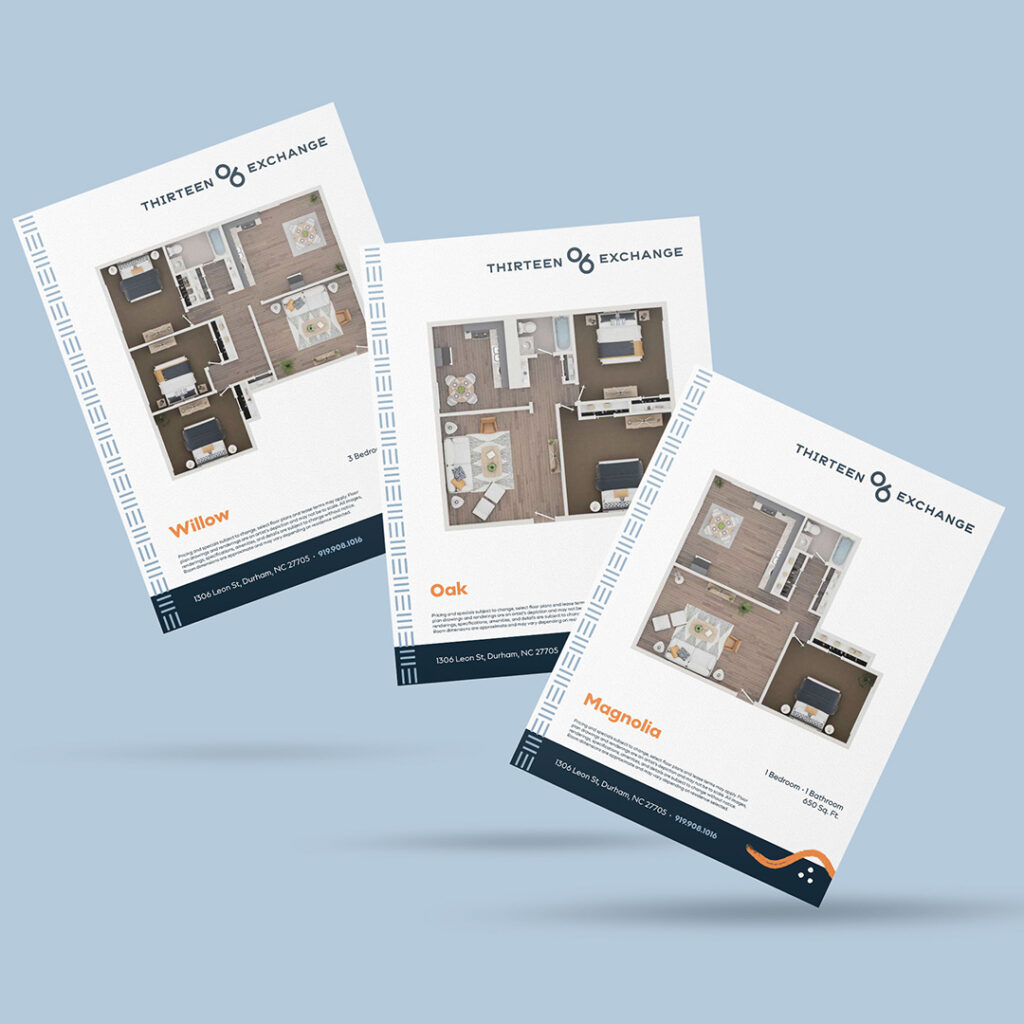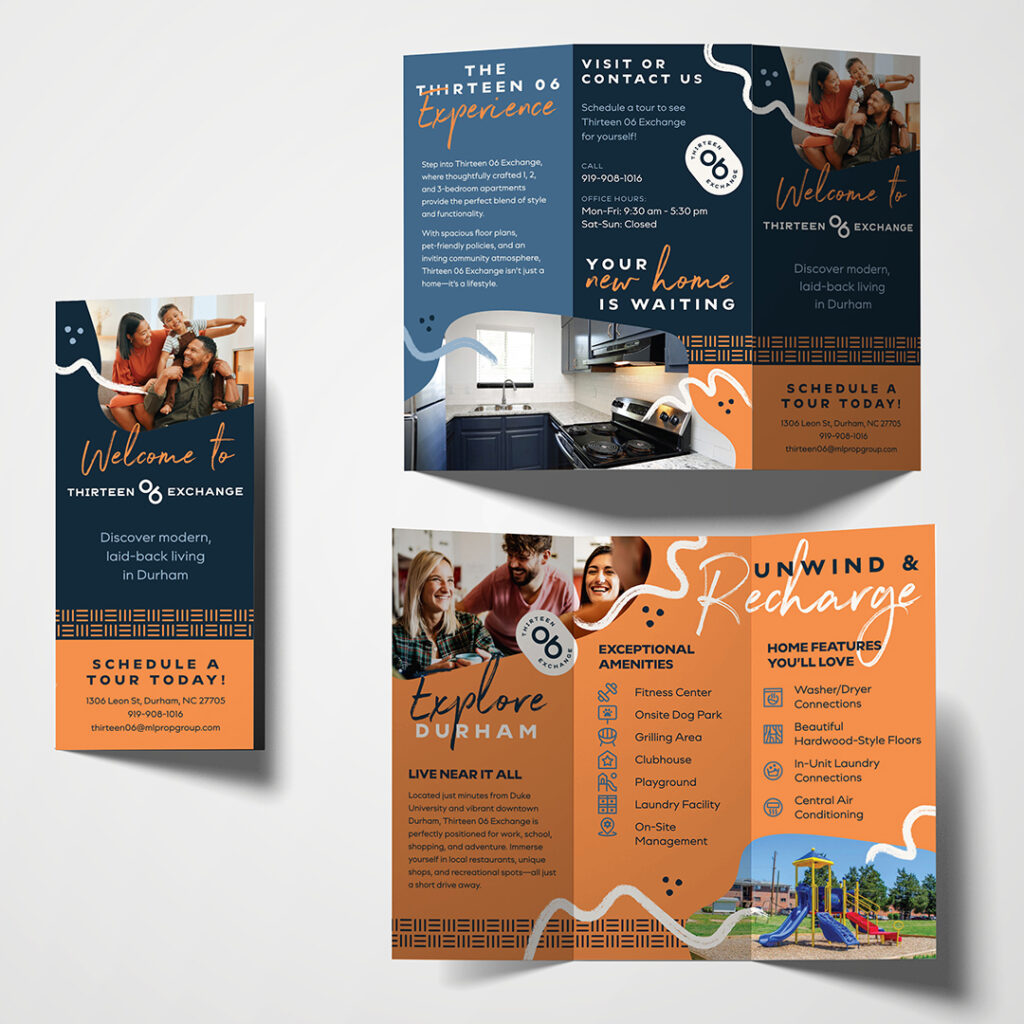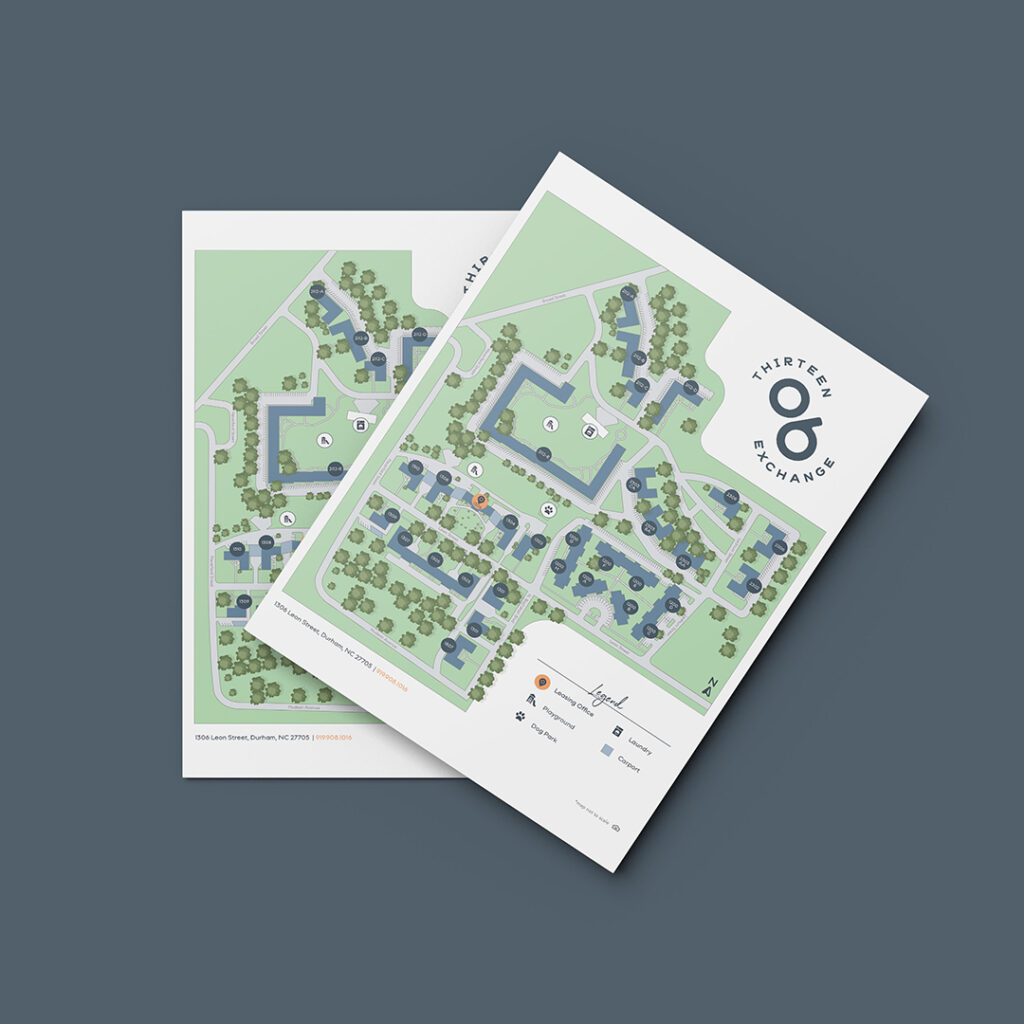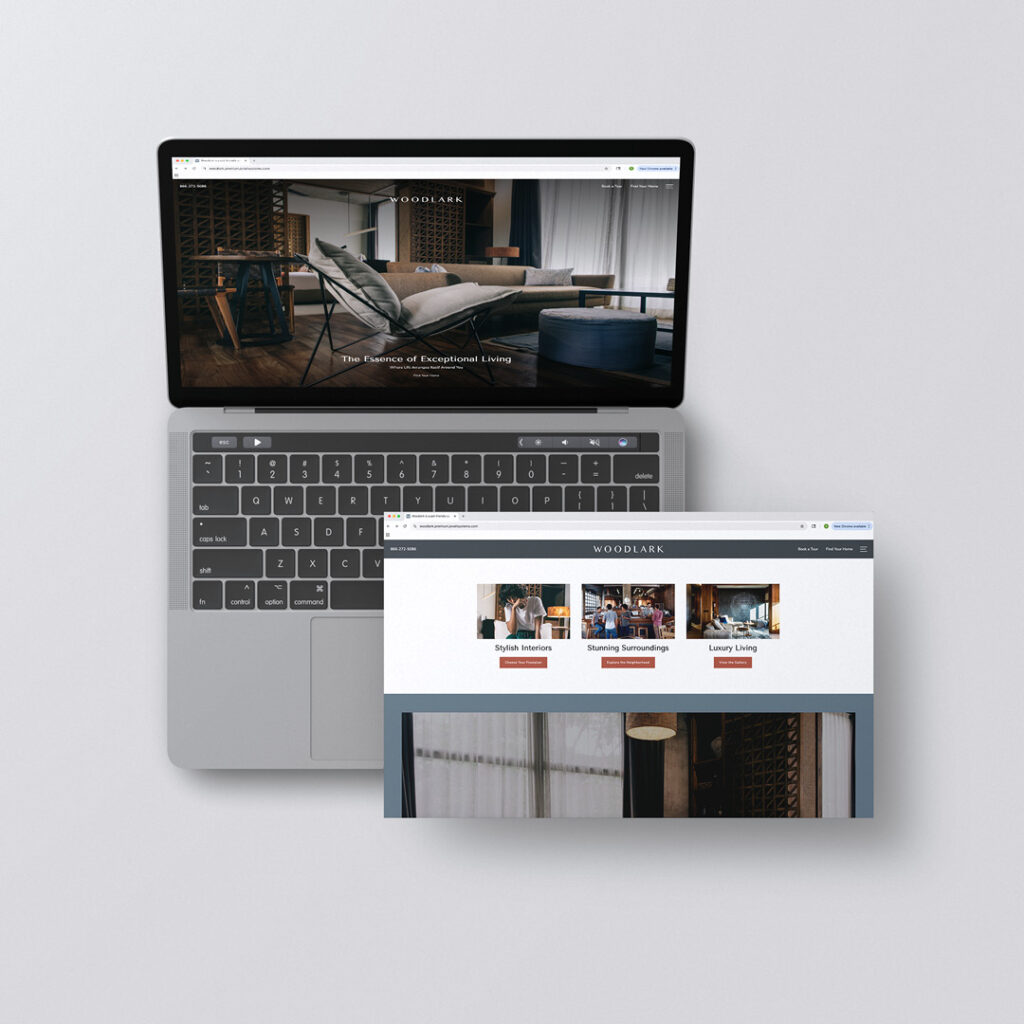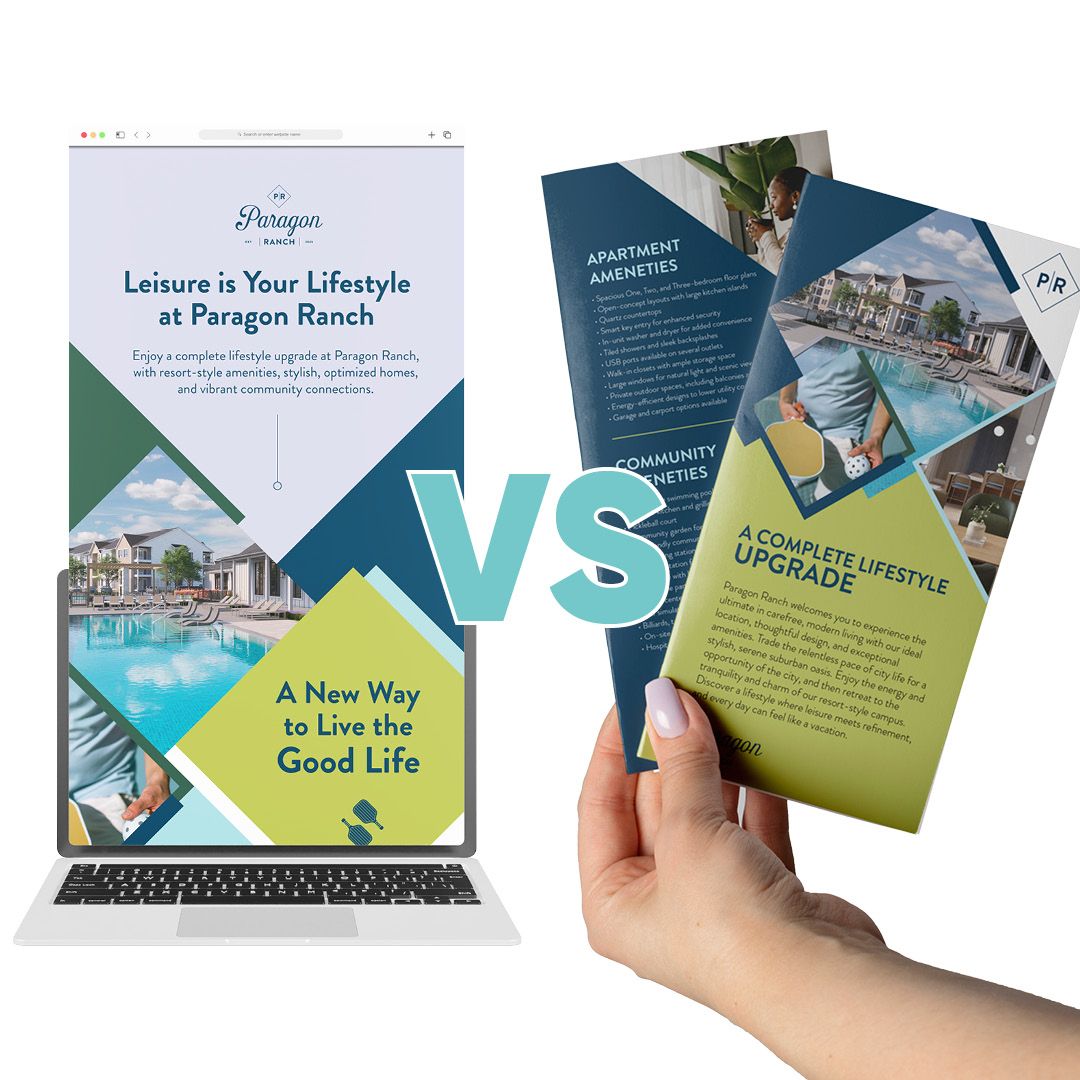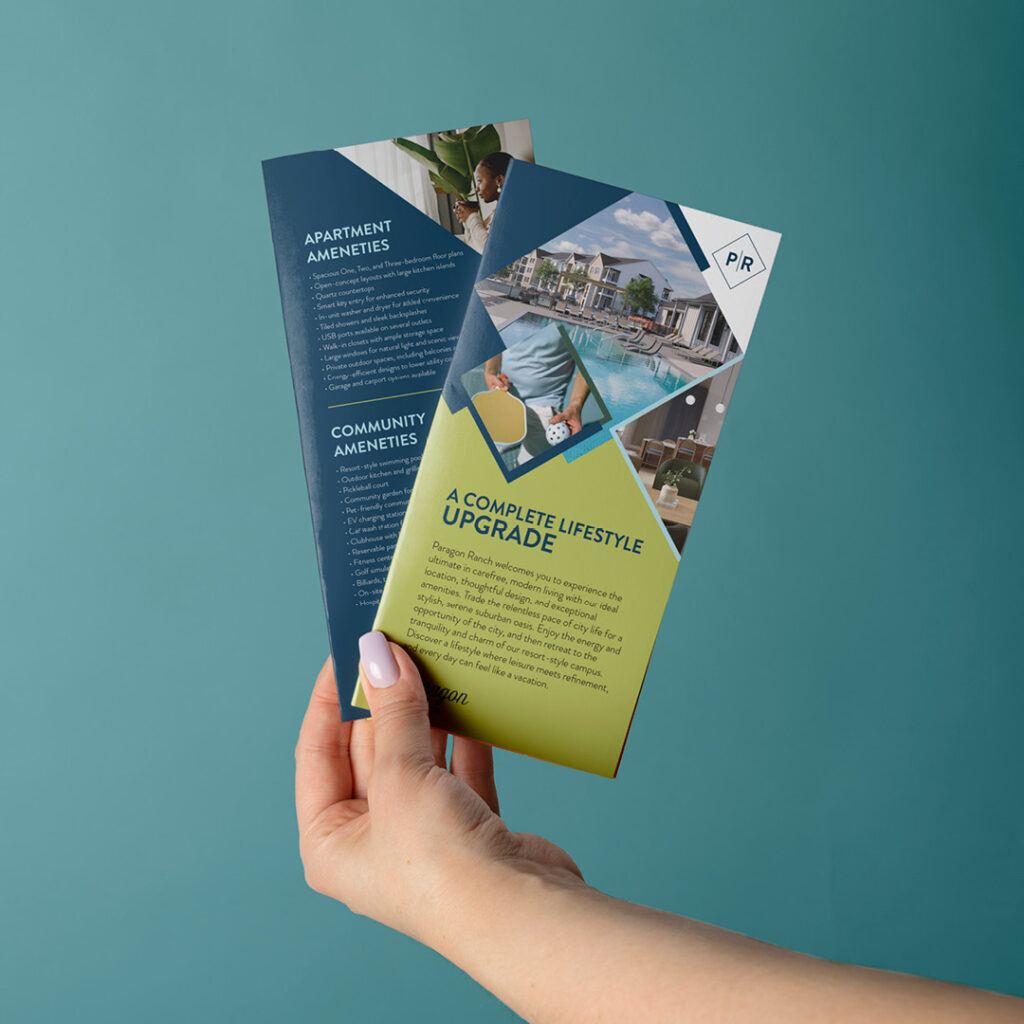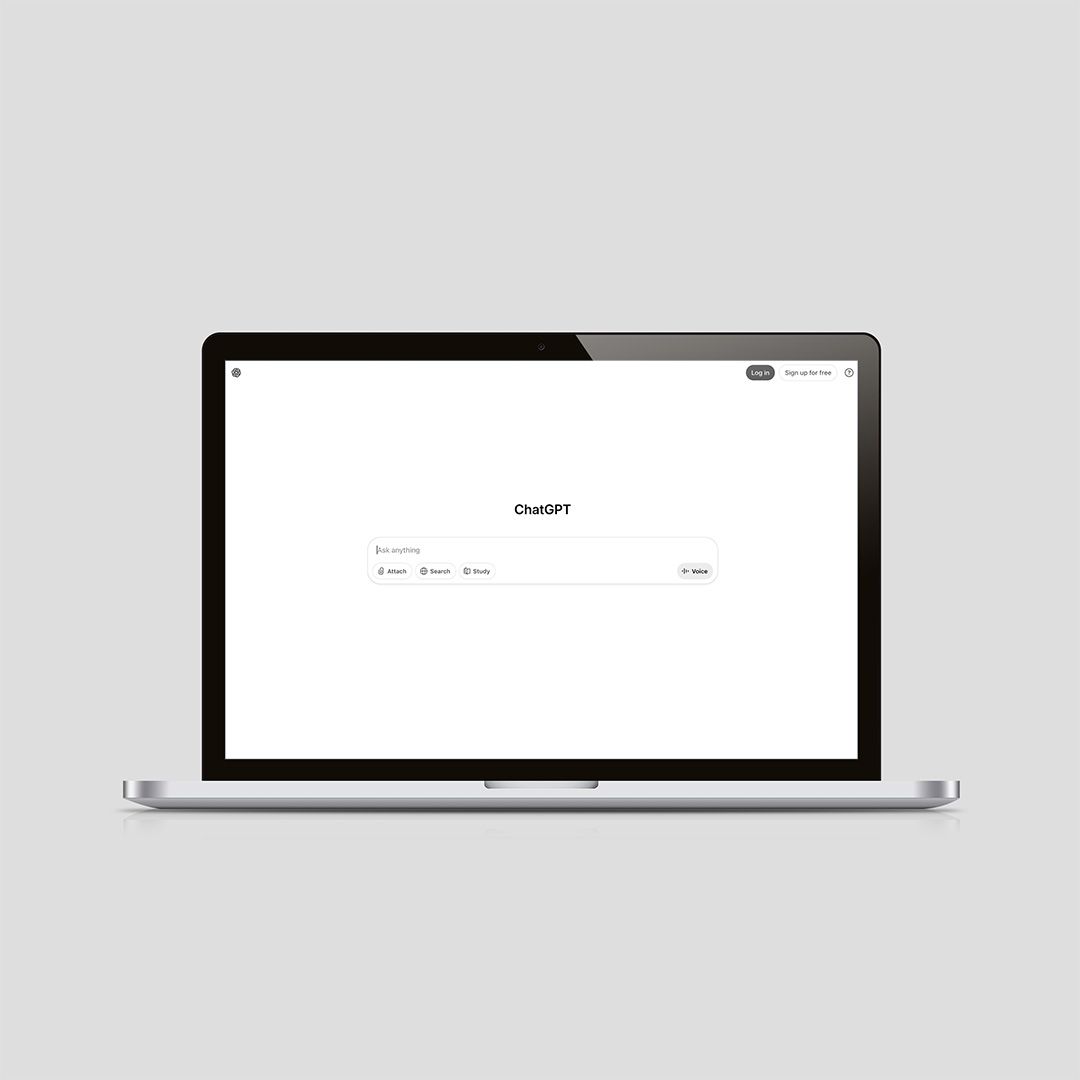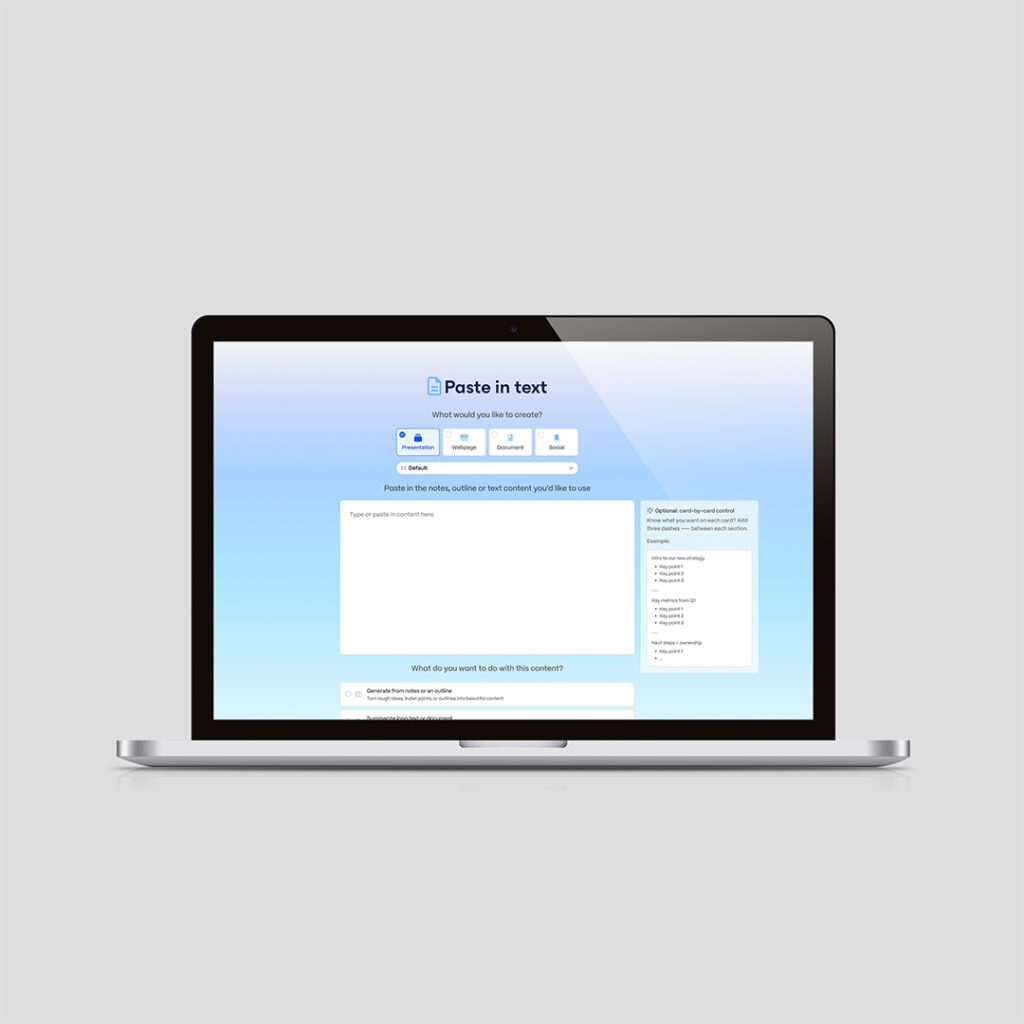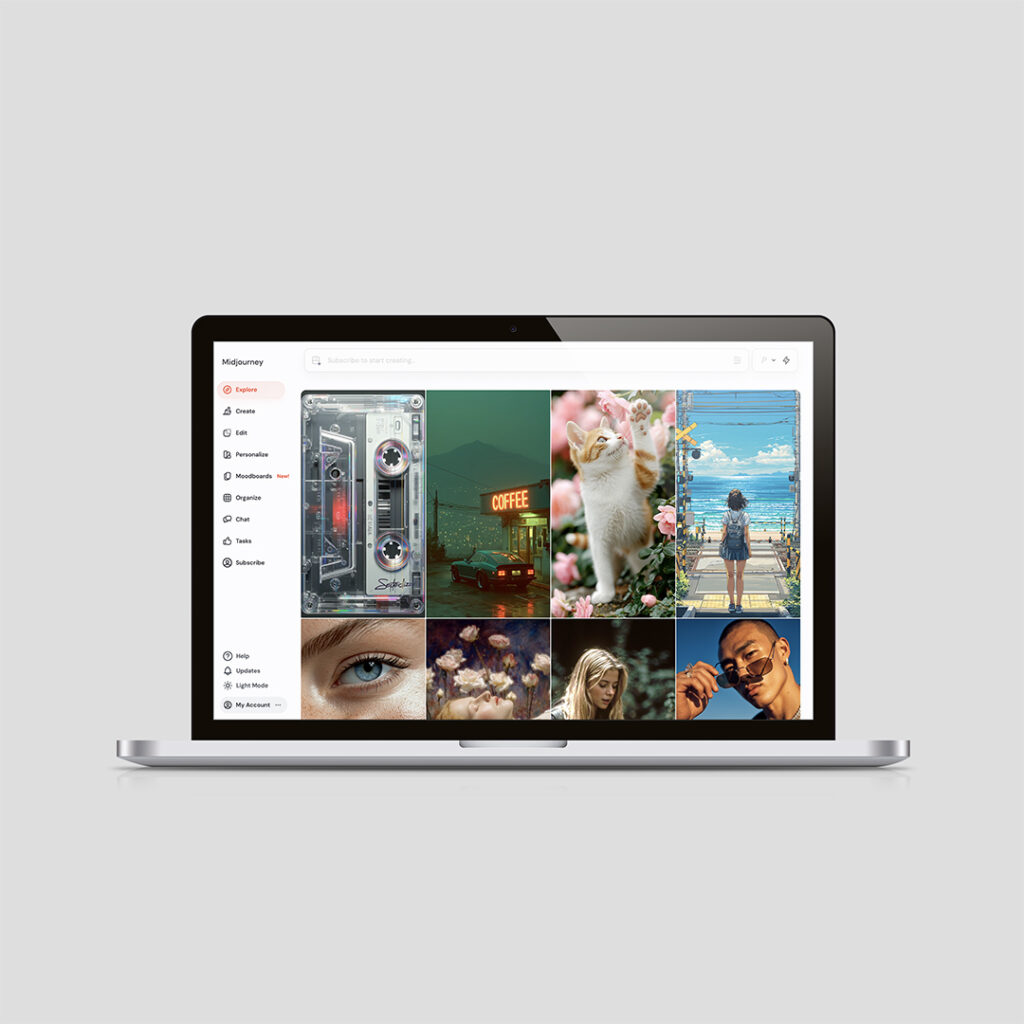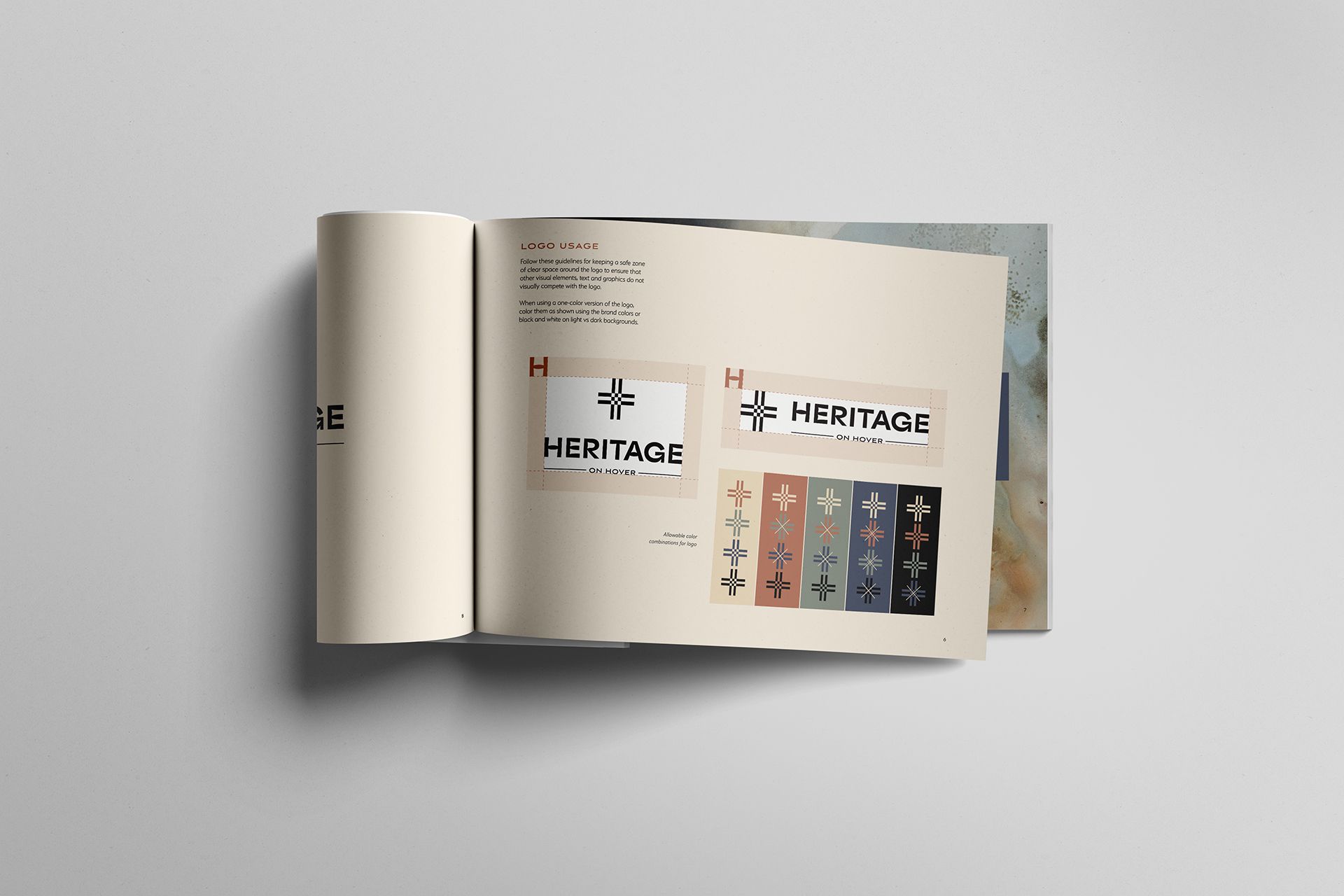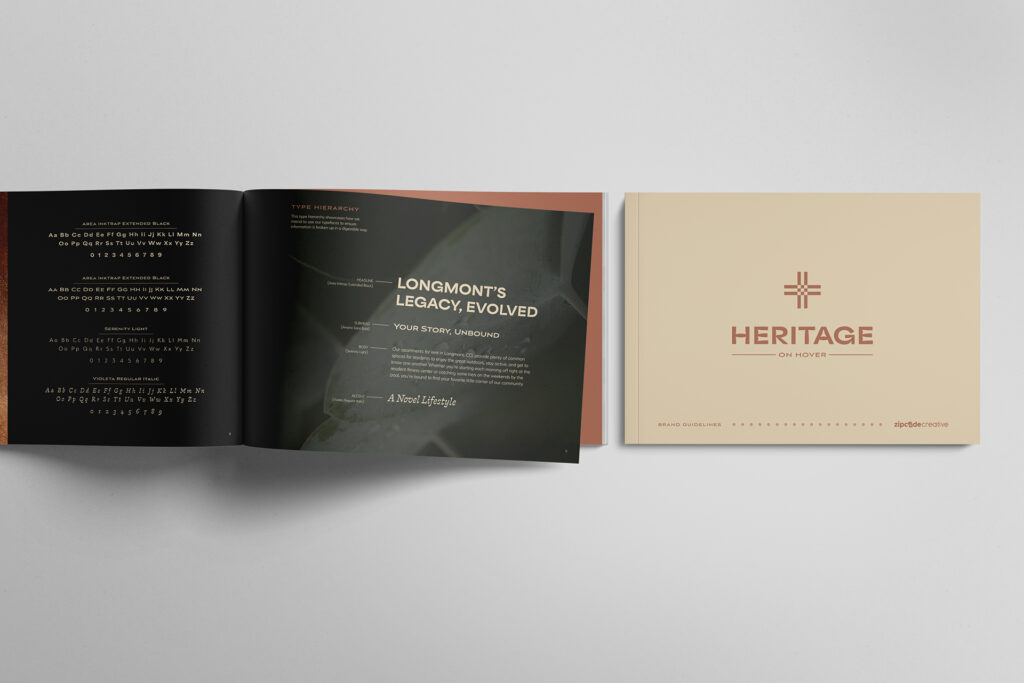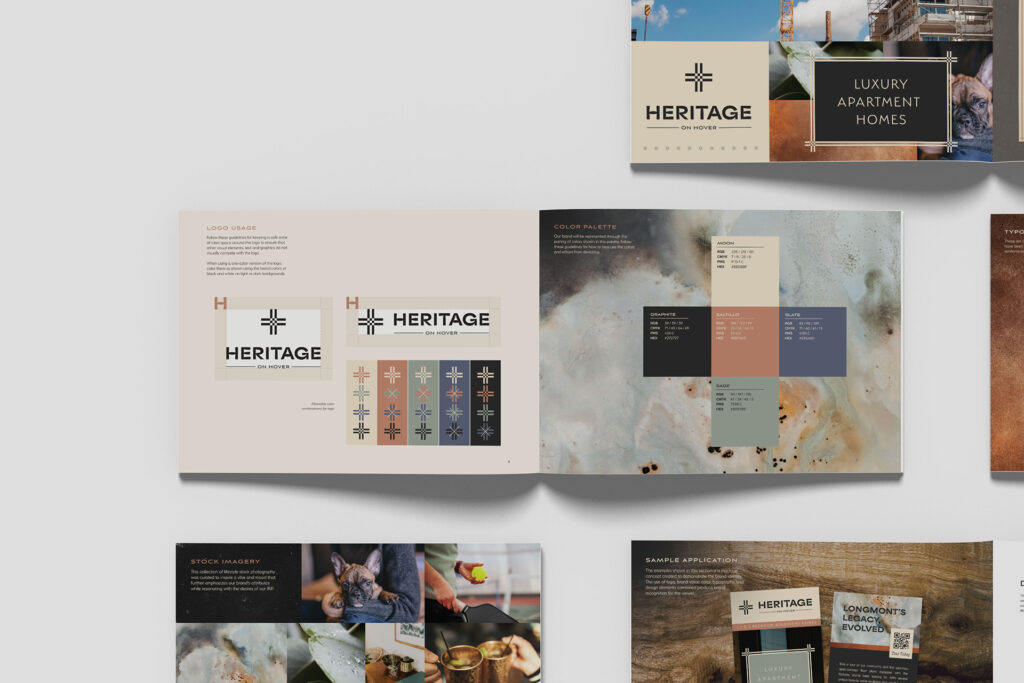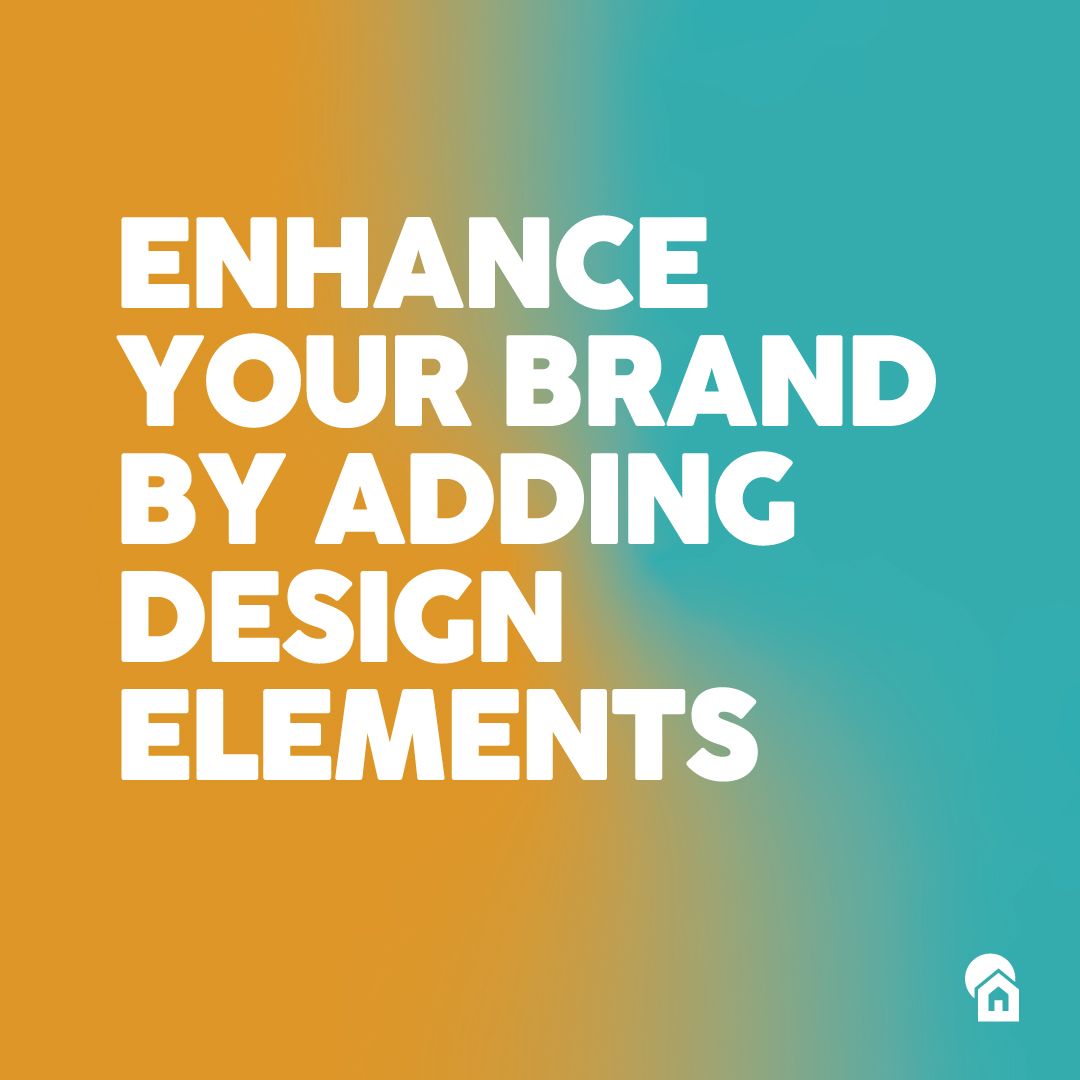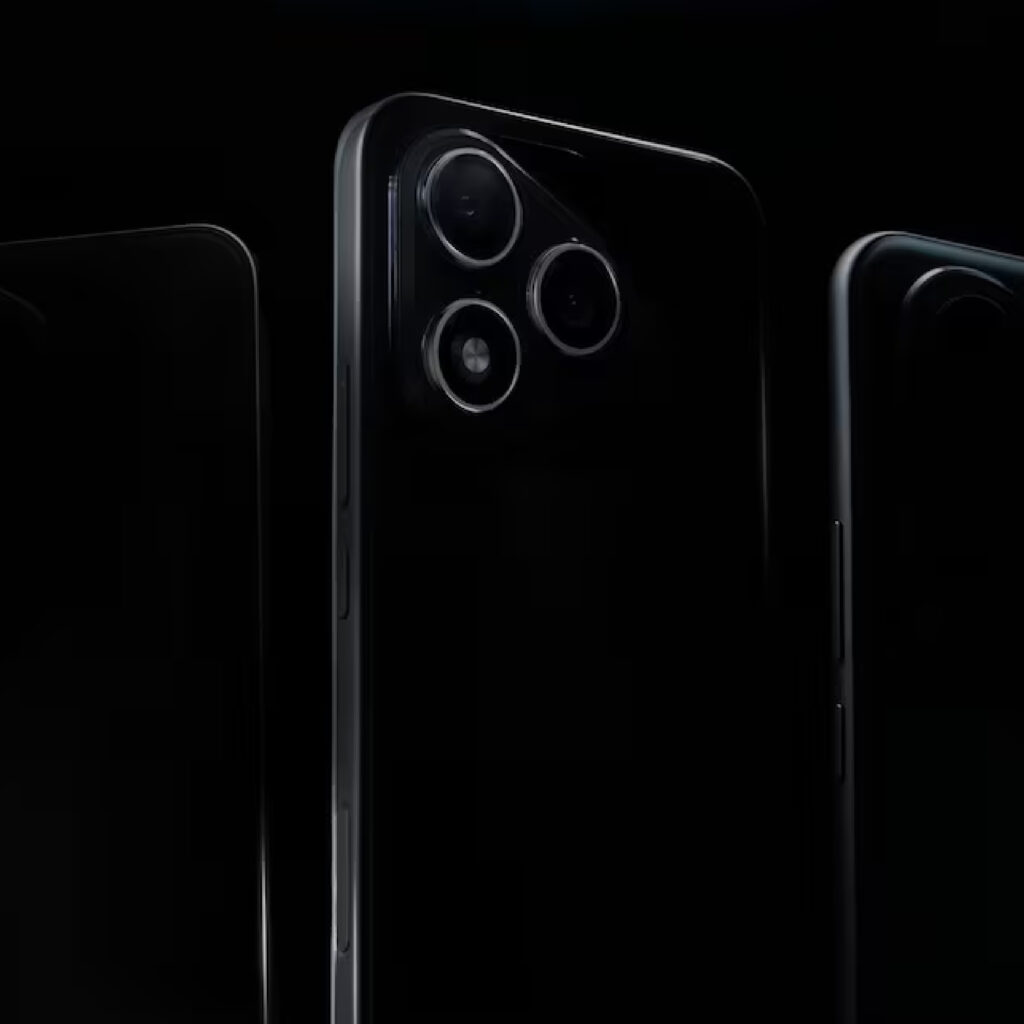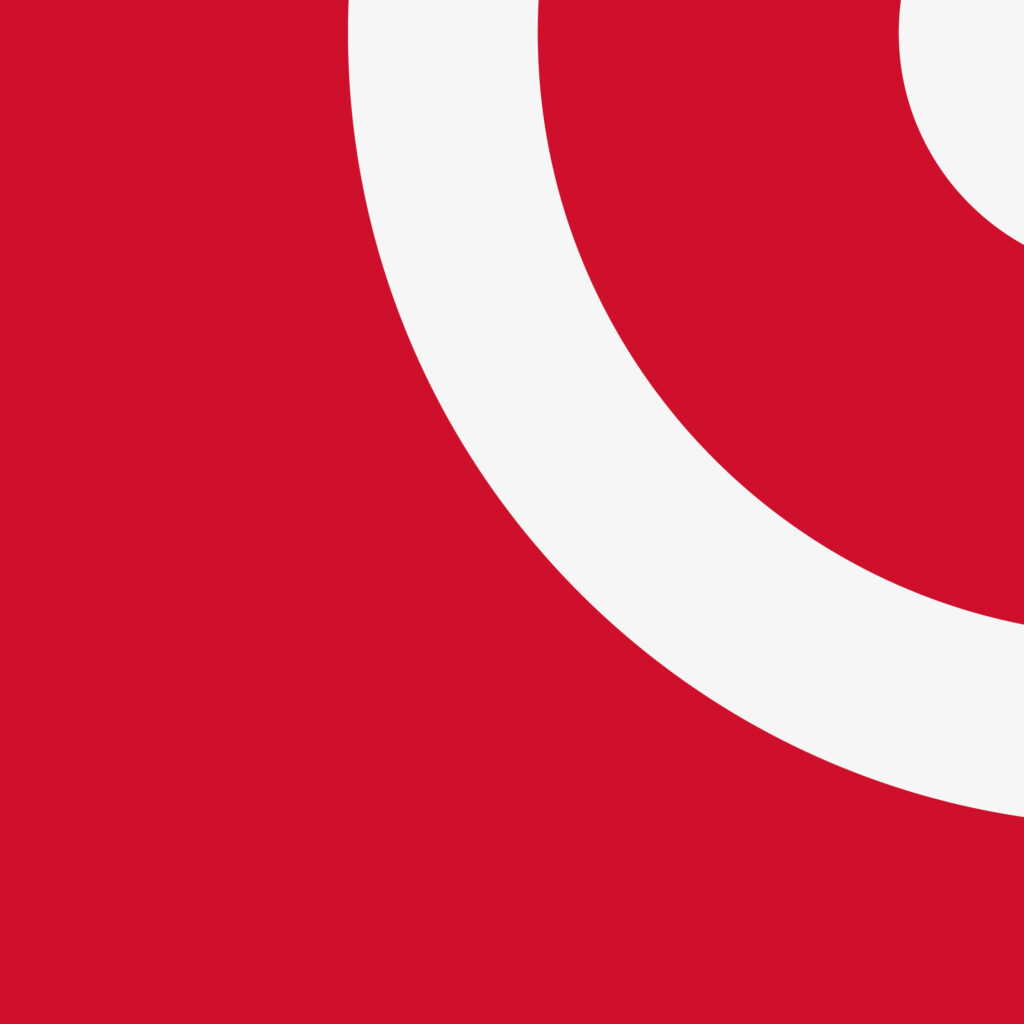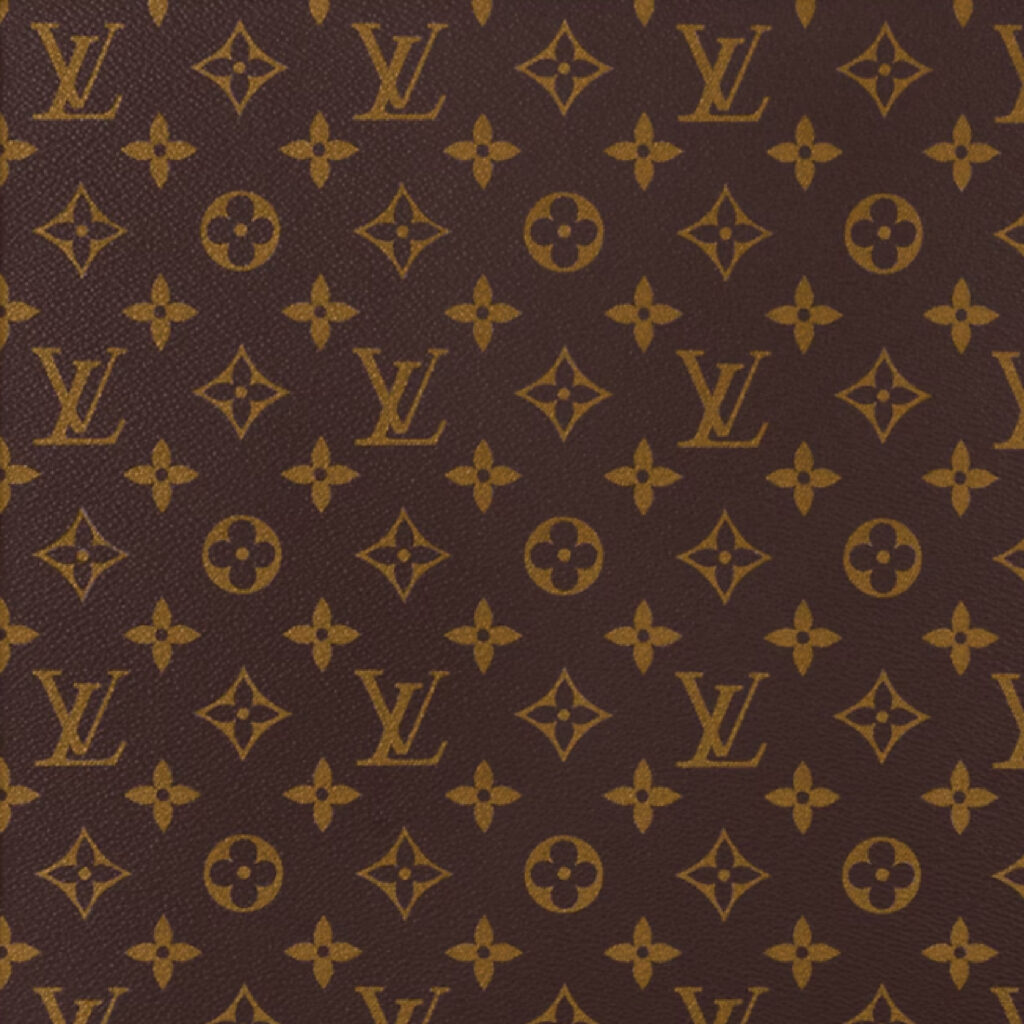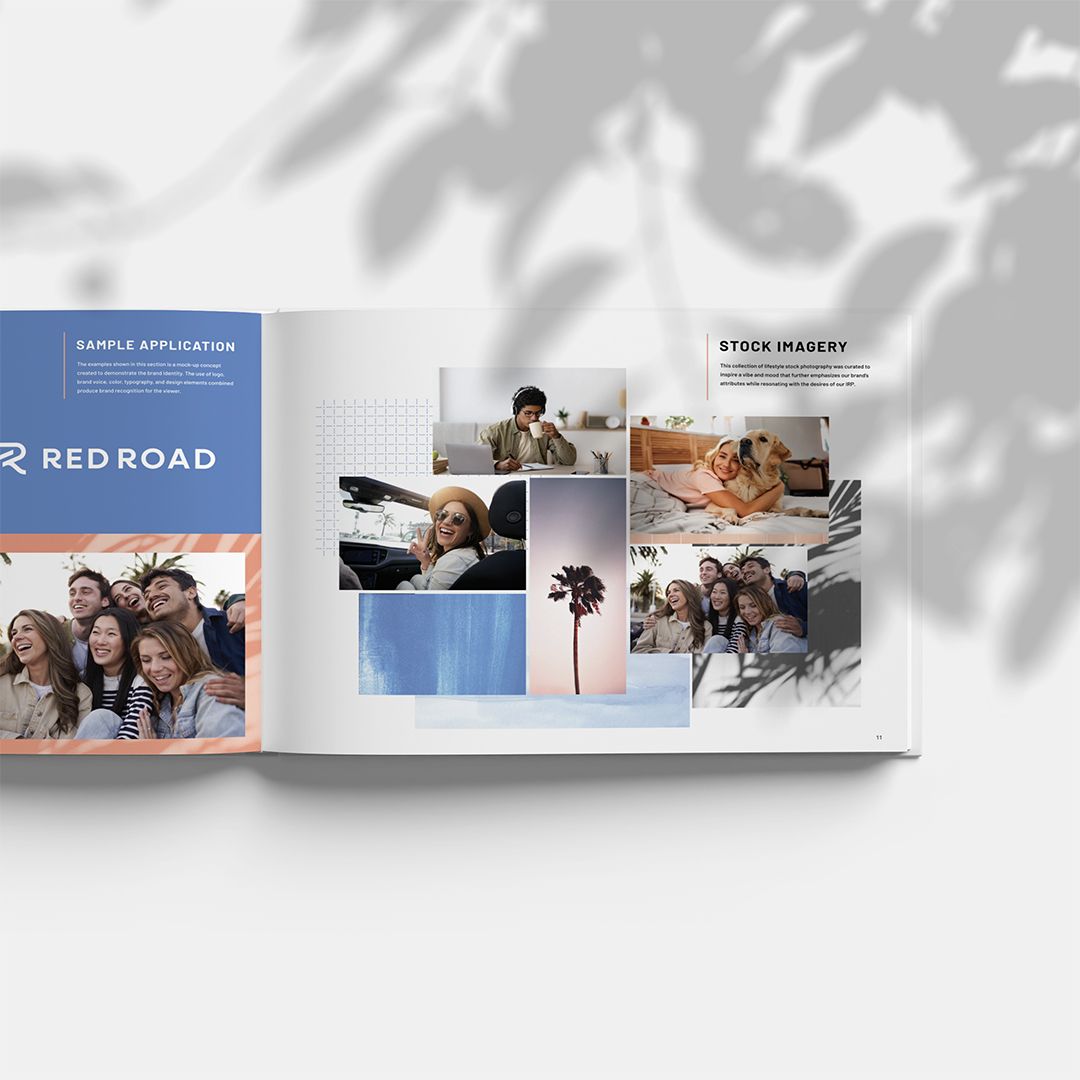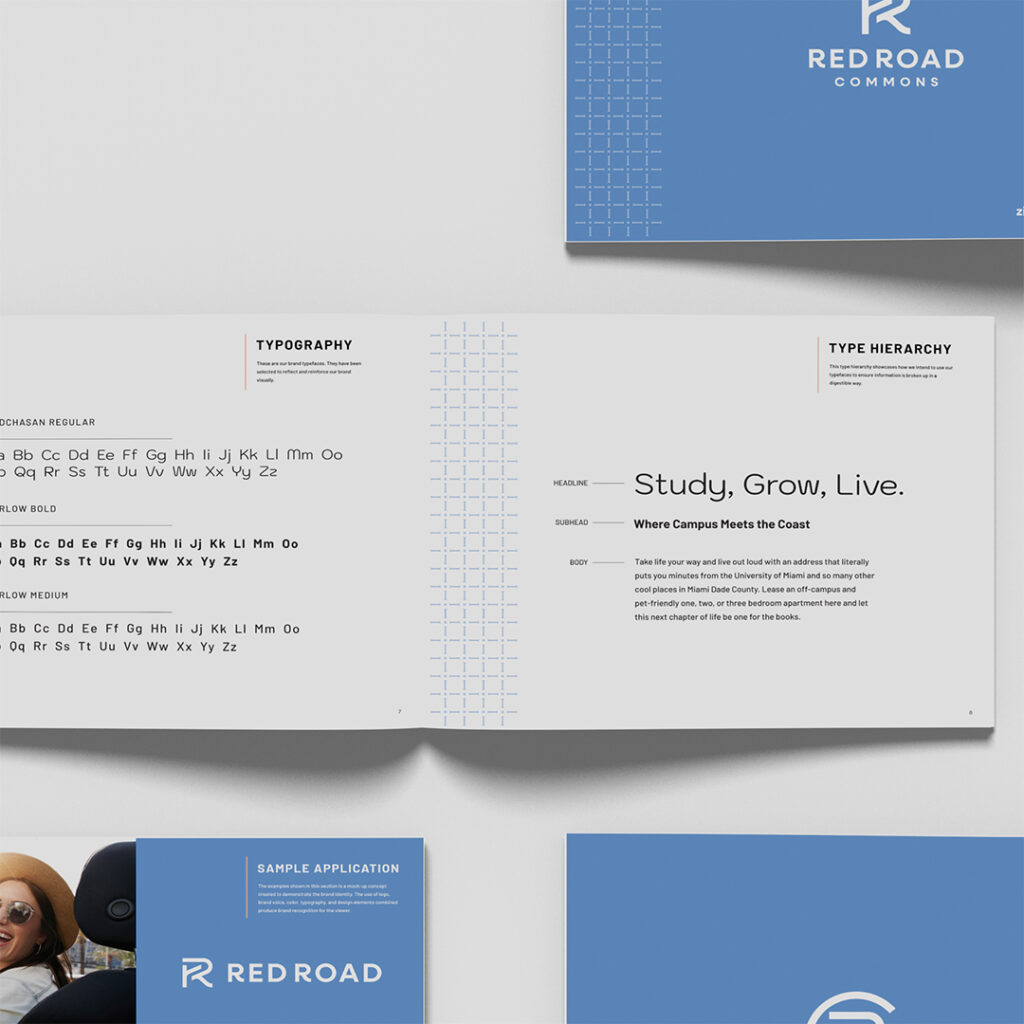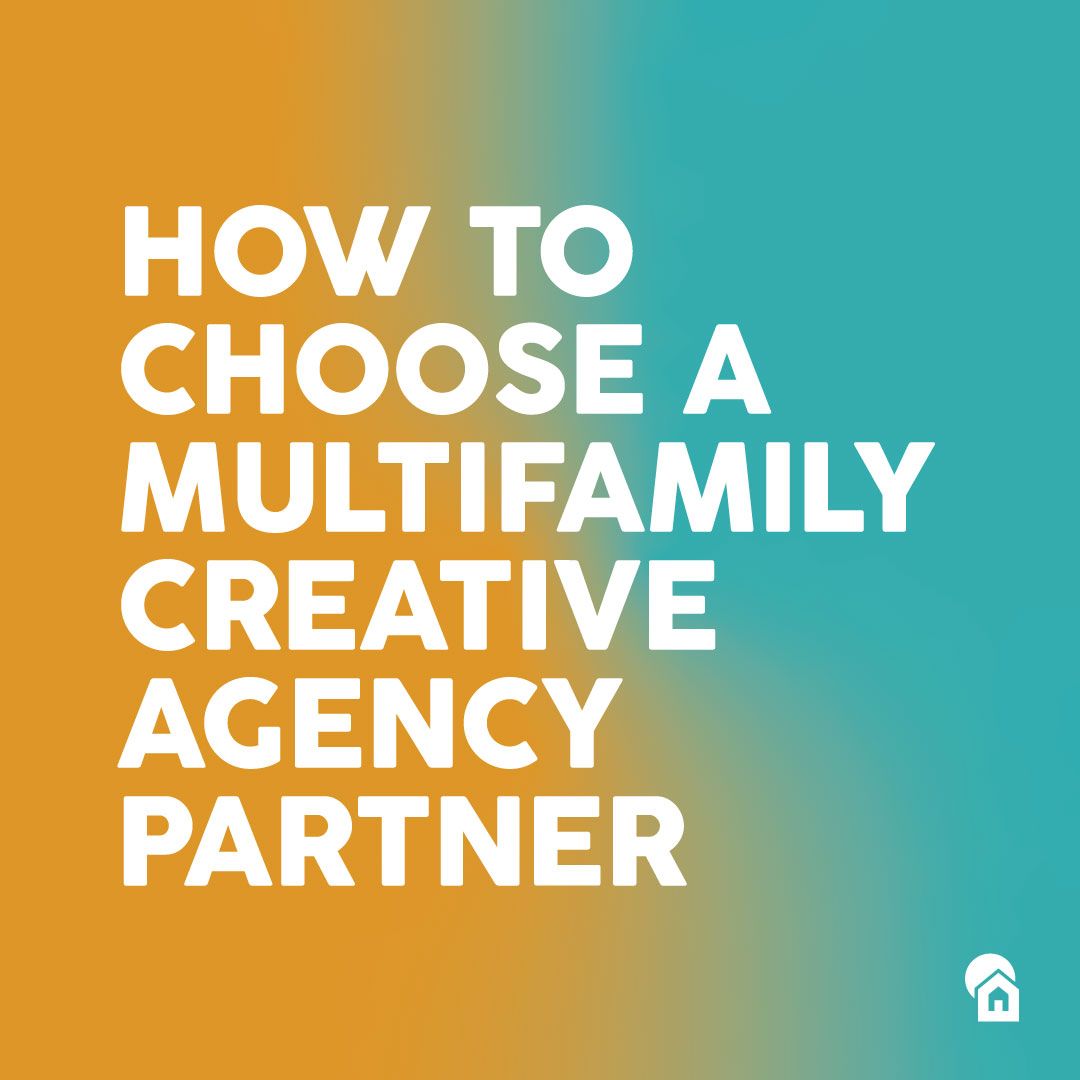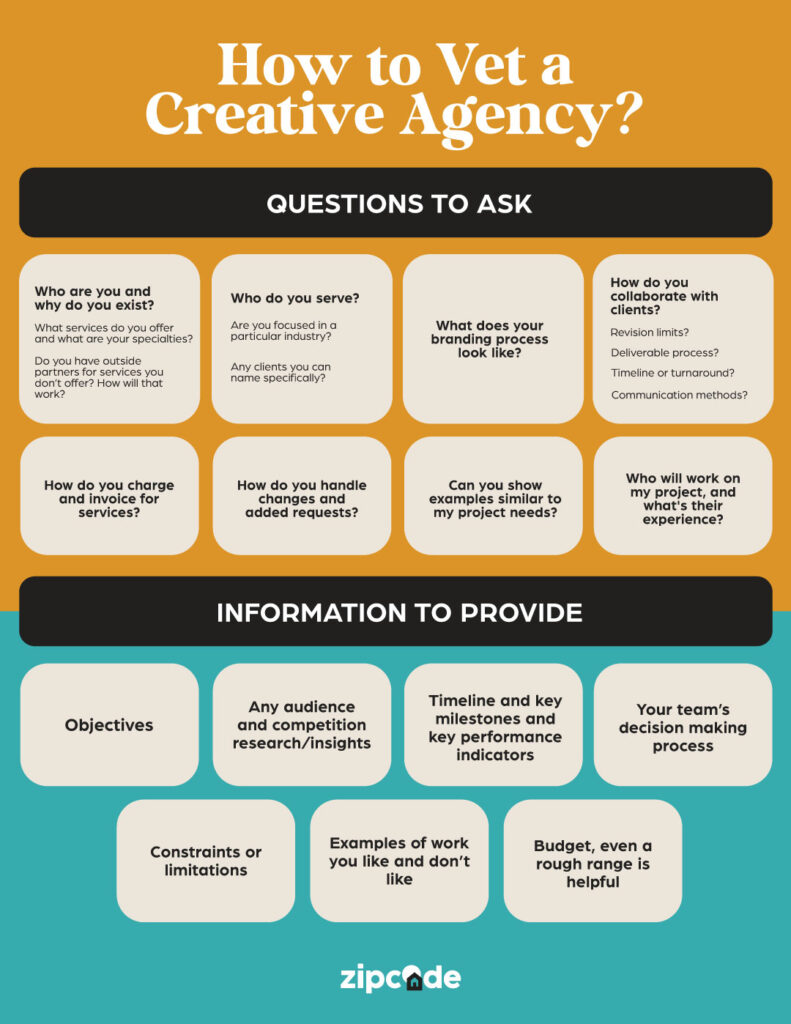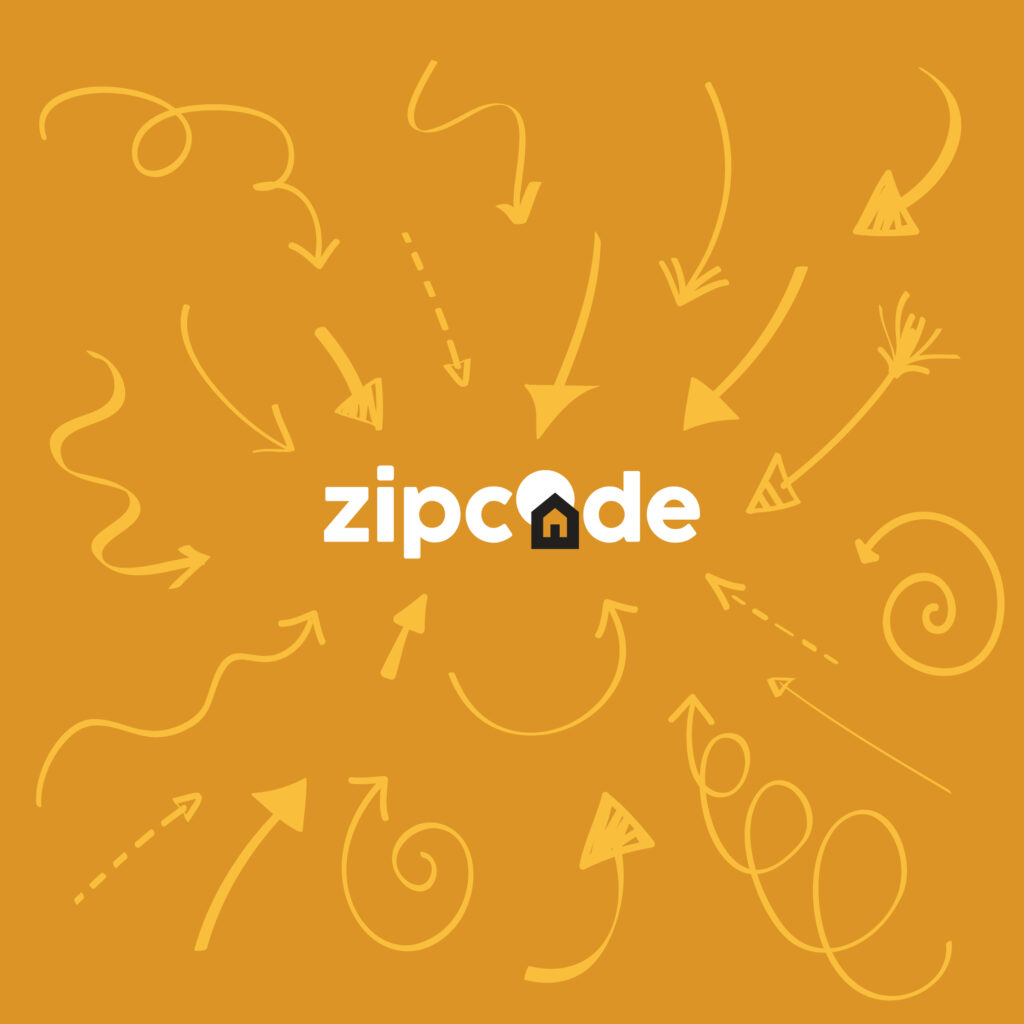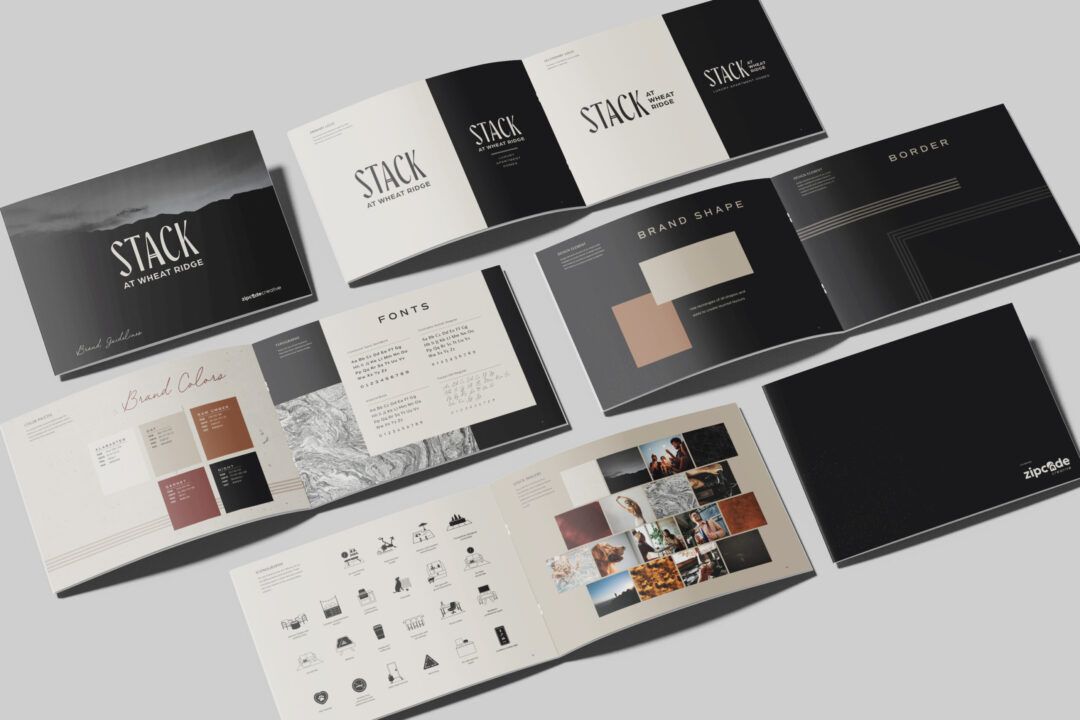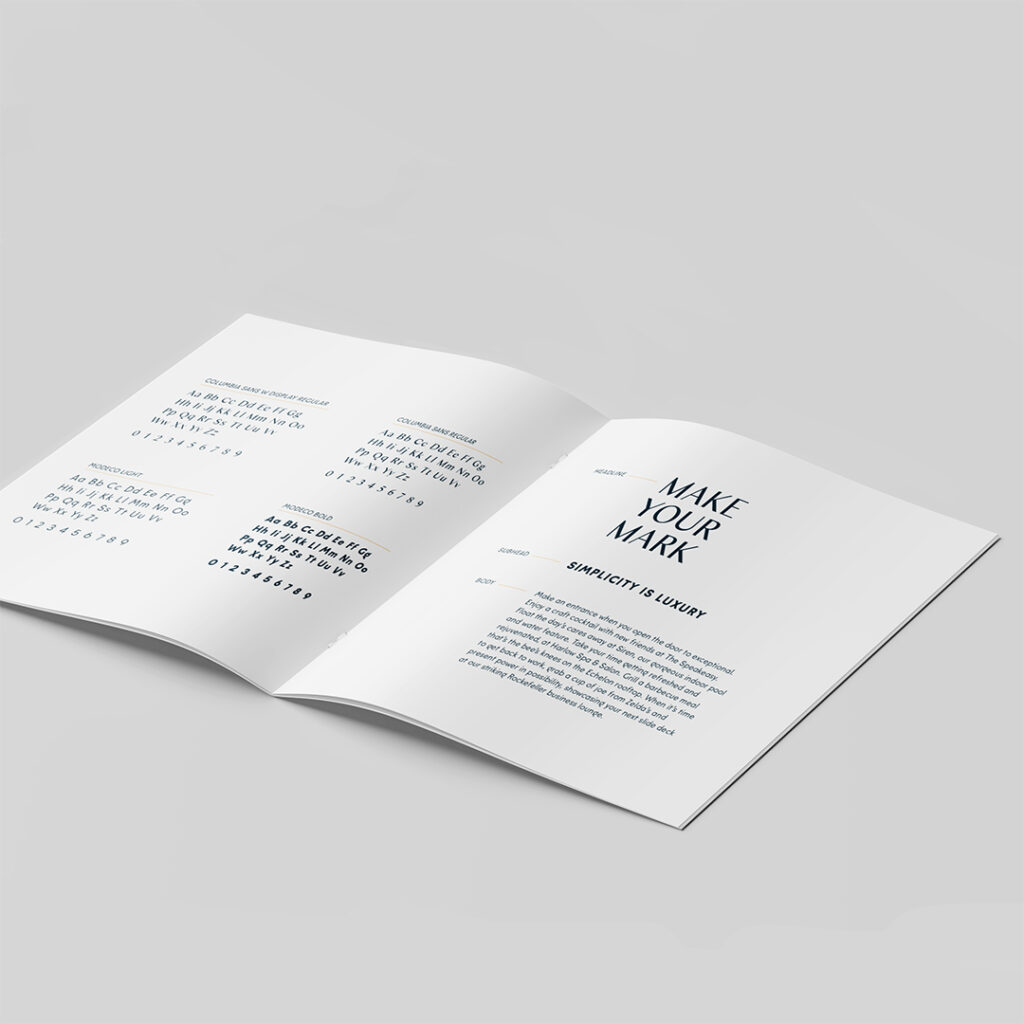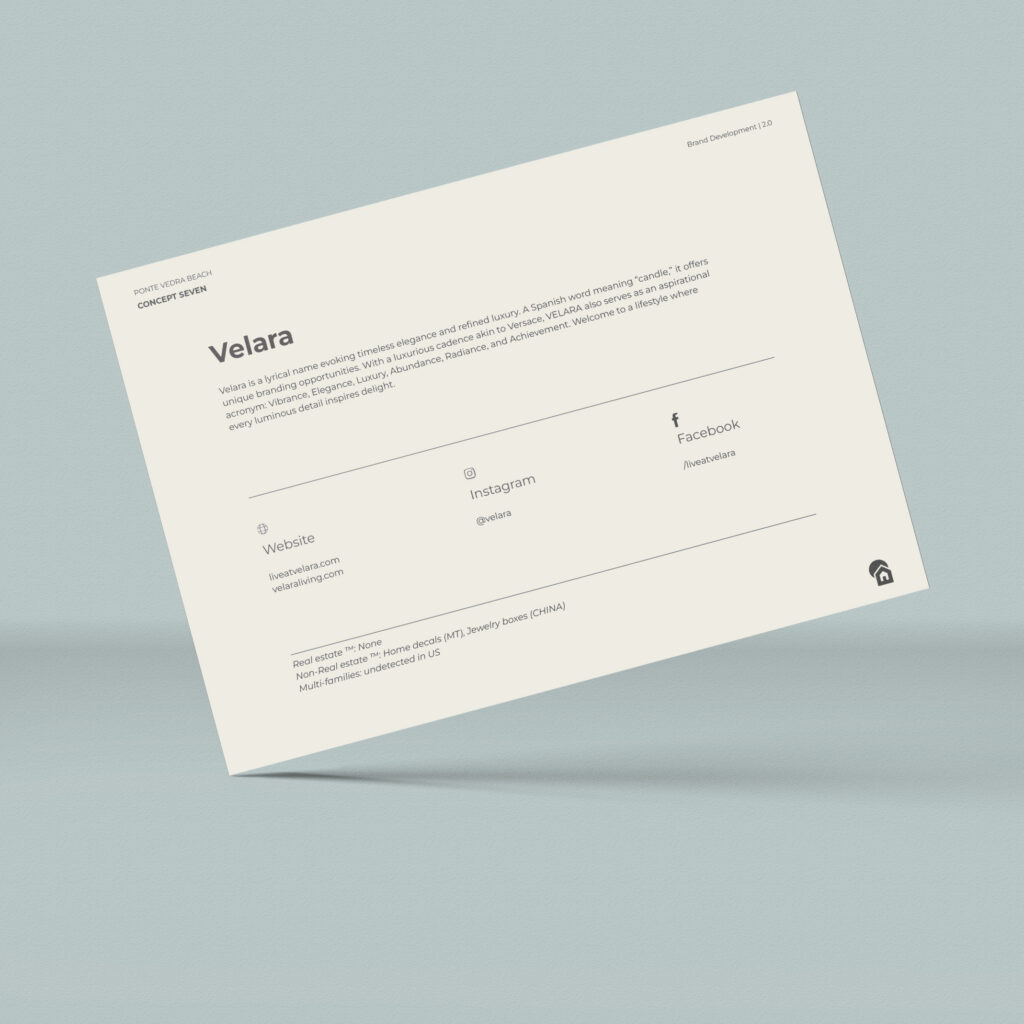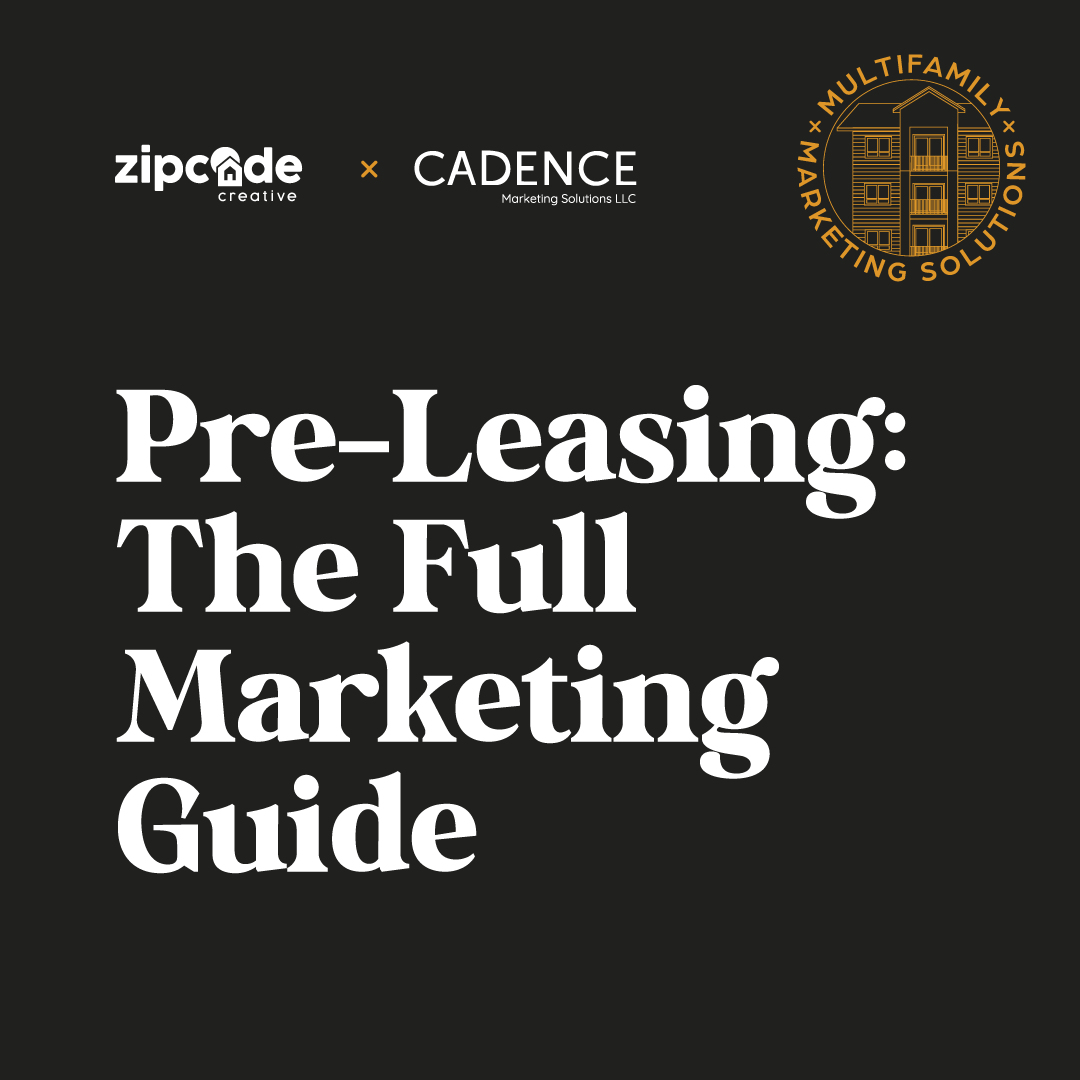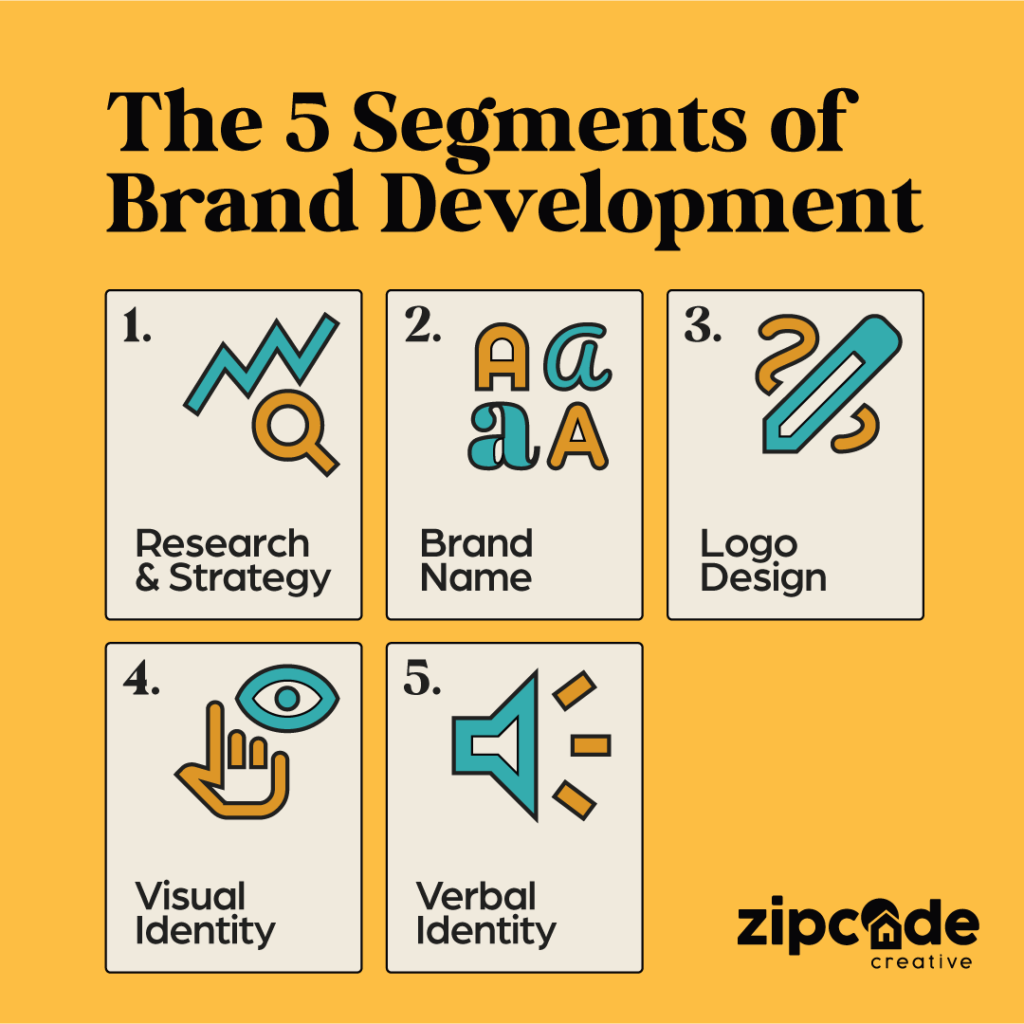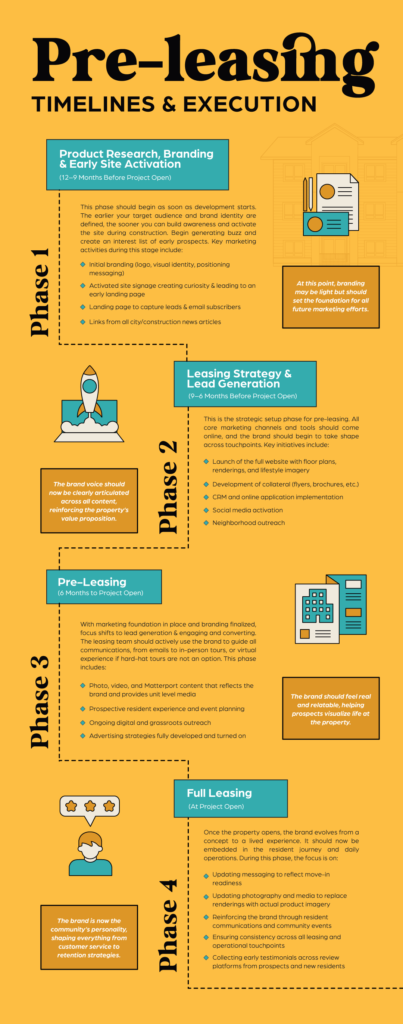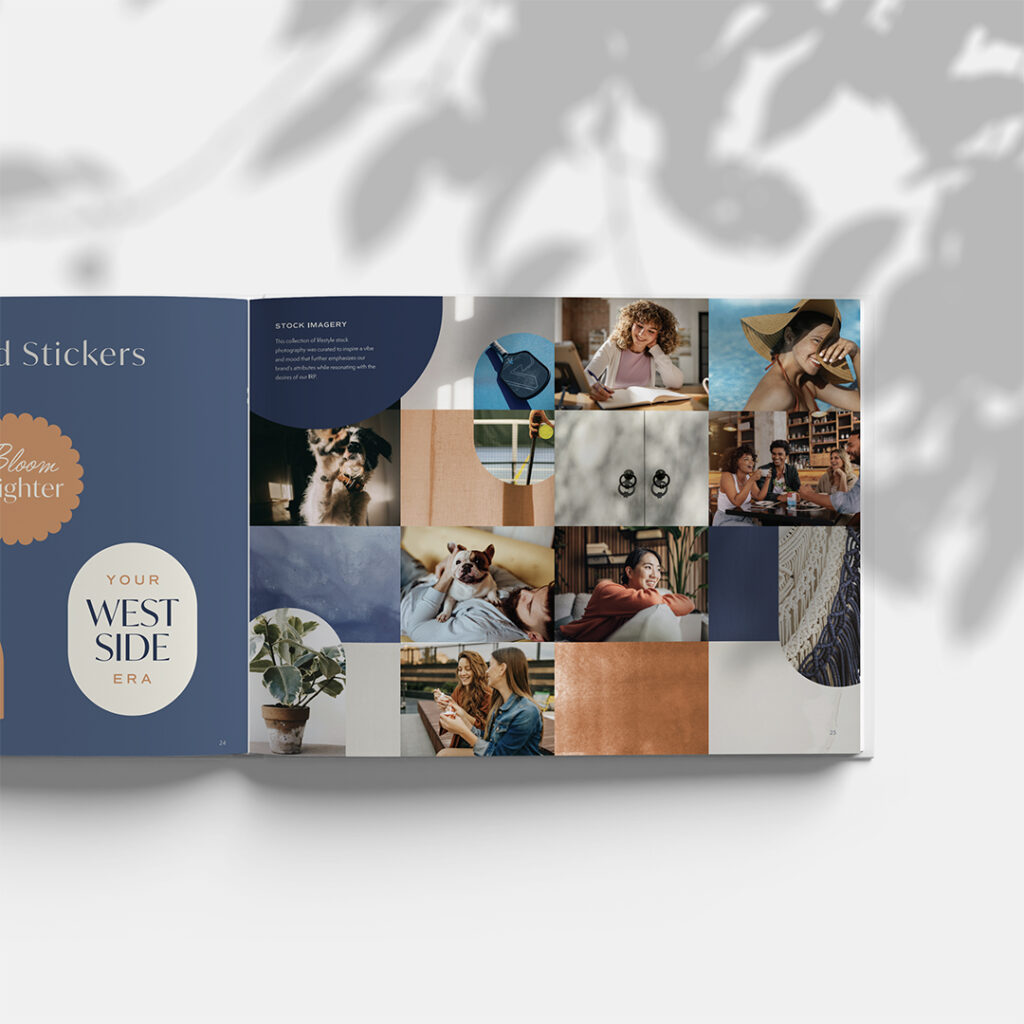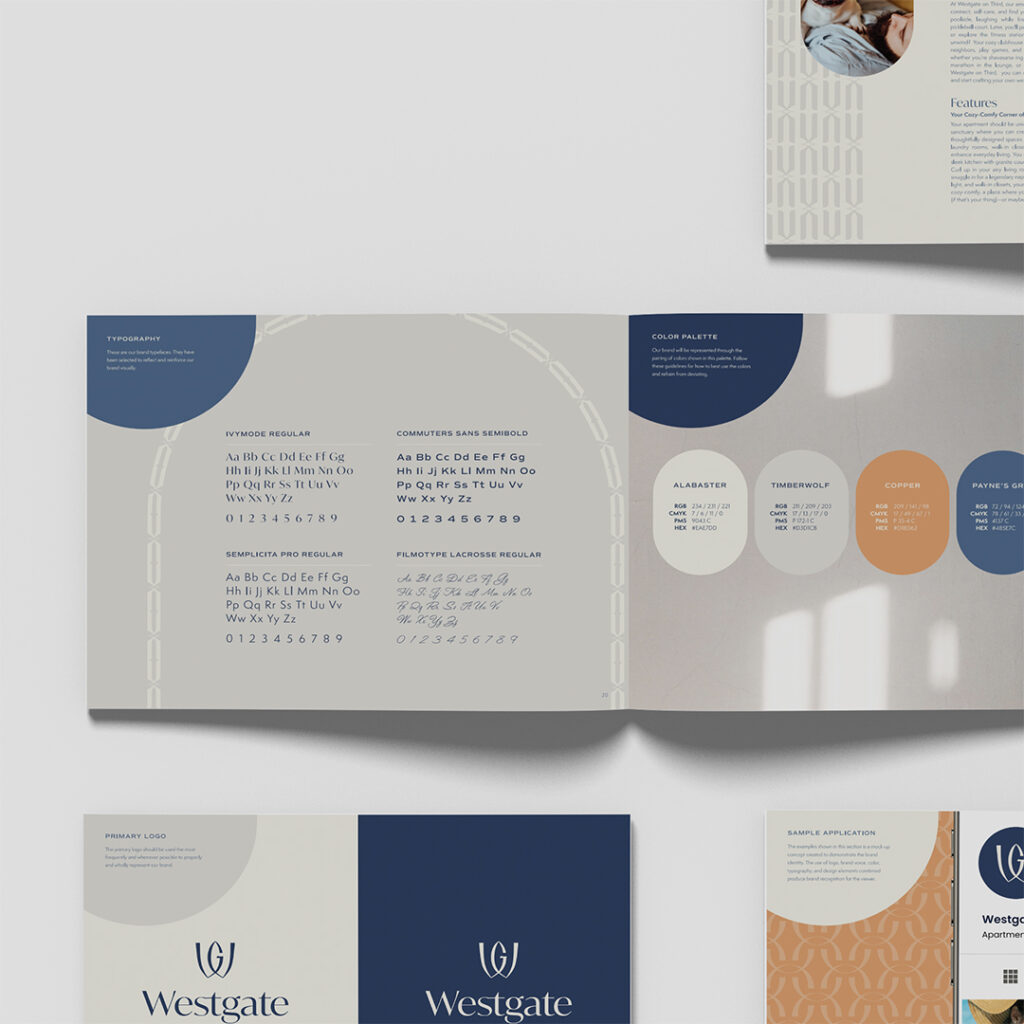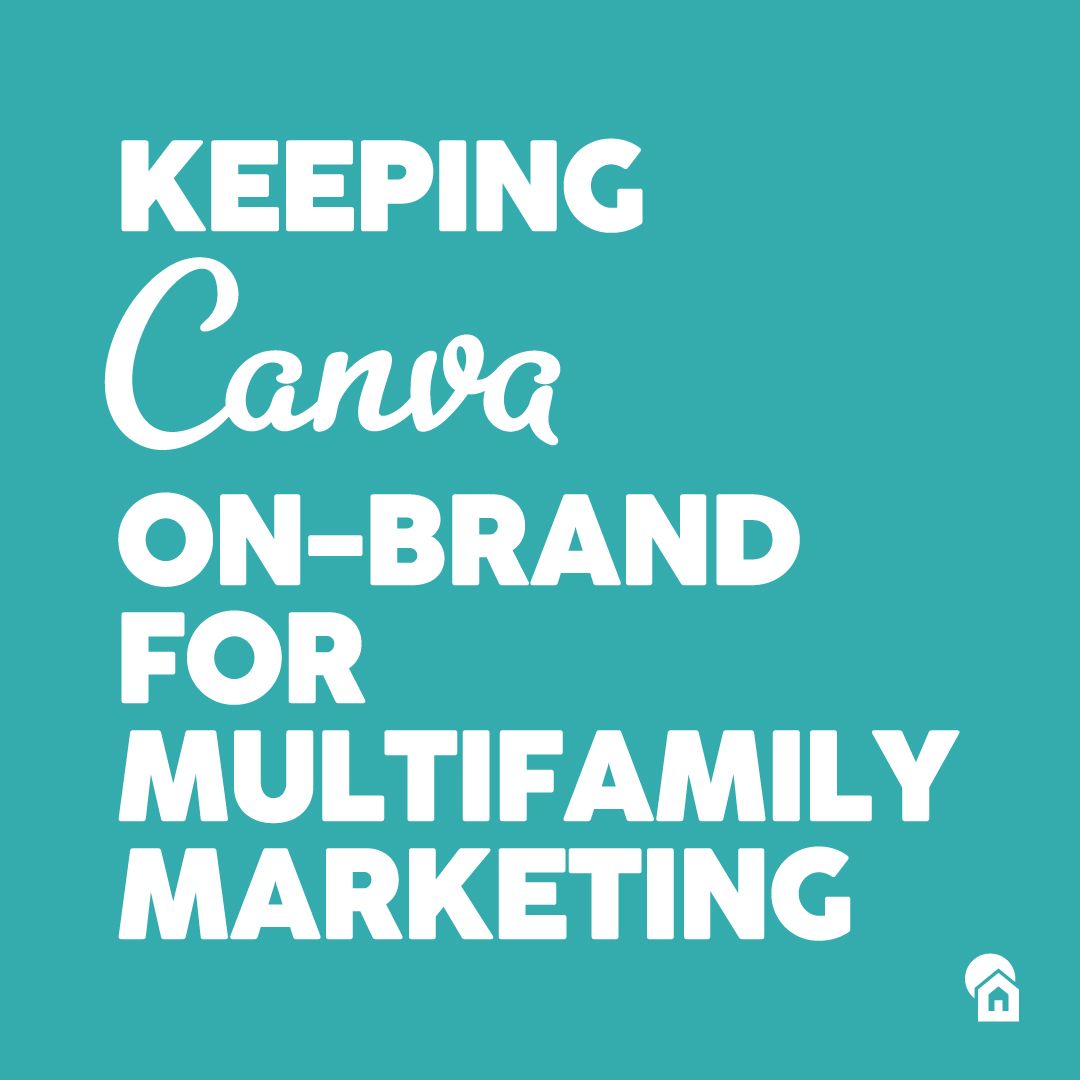| CATEGORY | TERM | DEFINITION |
| Branding & Identity | Brand Guidelines | A document that outlines rules for using a company’s logo, colors, fonts, and visual style to keep everything looking consistent. |
| Branding & Identity | Brand Identity | The complete visual look and feel of a company, including logo, colors, fonts, and design style that makes it recognizable. |
| Branding & Identity | Logo | The main symbol or wordmark that represents a company or brand. |
| Branding & Identity | Logomark | The symbol or icon part of a logo without any text (like Apple’s apple or Nike’s swoosh). |
| Branding & Identity | Logotype | A logo made entirely of text/letters with no symbol (like Coca-Cola or Google). |
| Branding & Identity | Monogram | A logo made from initials or letters combined together (like IBM or HBO). |
| Branding & Identity | Style Guide | Same as brand guidelines – the rulebook for maintaining visual consistency. |
| Branding & Identity | Wordmark | Another term for logotype – a text-only logo. |
| Color Theory | CMYK | The color system used for printing: Cyan, Magenta, Yellow, and Black. Mix these inks to create all printed colors. |
| Color Theory | Color Palette | The specific set of colors chosen for a design project. |
| Color Theory | Complementary Colors | Colors opposite each other on the color wheel (like blue and orange) that create strong contrast. |
| Color Theory | Grayscale | A version of an image using only shades of gray, no color. |
| Color Theory | Hex Code | A 6-character code that identifies a specific color on screens (like #FF5733 for an orange-red). |
| Color Theory | Hue | The pure color itself – basically the name of the color like red, blue, or green. |
| Color Theory | Monochromatic | Using different shades and tints of a single color. |
| Color Theory | Opacity | How see-through something is. 100% opacity means solid, 0% means completely transparent. |
| Color Theory | Pantone | A standardized color matching system used to ensure exact color reproduction, especially in printing. |
| Color Theory | RGB | The color system used for screens: Red, Green, Blue. Mix these lights to create all digital colors. |
| Color Theory | Saturation | How intense or vivid a color is. High saturation = bright and bold, low saturation = muted and dull. |
| Color Theory | Shade | A color mixed with black to make it darker. |
| Color Theory | Tint | A color mixed with white to make it lighter. |
| Color Theory | Tone | A color mixed with gray. |
| Color Theory | Transparency | Same as opacity – how see-through an element is. |
| Composition & Layout | Alignment | How elements line up with each other – left, right, center, or along a common edge. |
| Composition & Layout | Balance | The visual weight distribution in a design so it feels stable and pleasing. |
| Composition & Layout | Bleed | The extra area beyond the trim edge where design elements extend to ensure no white edges after cutting. |
| Composition & Layout | Canvas | The workspace or artboard where you create your design. |
| Composition & Layout | Crop | Cutting or trimming parts of an image or design element. |
| Composition & Layout | Focal Point | The main area where your eye is naturally drawn first in a design. |
| Composition & Layout | Gutter | The space between columns of text or between pages in a book or magazine spread. |
| Composition & Layout | Hierarchy | The visual organization showing which elements are most important, usually through size, color, or placement. |
| Composition & Layout | Layout | The arrangement of all visual elements on a page or screen. |
| Composition & Layout | Margin | The blank space around the edges of a page or design. |
| Composition & Layout | Negative Space | The empty space around and between design elements, also called white space. |
| Composition & Layout | Padding | The space between content and its container or border. |
| Composition & Layout | Proximity | How close elements are to each other – grouping related items together. |
| Composition & Layout | Rule of Thirds | A composition guideline that divides space into a 3×3 grid to place important elements at intersections. |
| Composition & Layout | White Space | Empty or unmarked space in a design that gives elements room to breathe. |
| File Formats & Technical | AI | Adobe Illustrator’s native file format for vector graphics. |
| File Formats & Technical | DPI | Dots Per Inch – measures print resolution. Higher DPI = sharper print quality. Standard is 300 DPI for print. |
| File Formats & Technical | EPS | Encapsulated PostScript – a vector file format that works across different programs. |
| File Formats & Technical | File Format | The type of file, like JPG, PNG, or PDF, which determines how it can be used. |
| File Formats & Technical | GIF | A file format for simple animations or images with limited colors, often used online. |
| File Formats & Technical | JPG/JPEG | A compressed image format best for photos. Smaller file size but loses some quality. |
| File Formats & Technical | PDF | Portable Document Format – preserves the exact look of a design across any device or printer. |
| File Formats & Technical | PNG | An image format that supports transparency and maintains quality. Larger file size than JPG. |
| File Formats & Technical | PPI | Pixels Per Inch – measures screen resolution. Similar to DPI but for digital displays. |
| File Formats & Technical | PSD | Adobe Photoshop’s native file format that preserves layers and editing capabilities. |
| File Formats & Technical | Raster | Images made of pixels (like photos). Get blurry when enlarged. Examples: JPG, PNG. |
| File Formats & Technical | Resolution | The amount of detail in an image, measured in DPI or PPI. Higher = sharper and clearer. |
| File Formats & Technical | SVG | Scalable Vector Graphics – a vector format perfect for web use that never loses quality at any size. |
| File Formats & Technical | TIFF | A high-quality, uncompressed image format often used for printing. |
| File Formats & Technical | Vector | Graphics made of mathematical paths (not pixels) that stay crisp at any size. Examples: logos, icons. |
| Imagery & Graphics | Asset | Any image, graphic, icon, or file used in a design project. |
| Imagery & Graphics | Background | The layer behind all other elements in a design. |
| Imagery & Graphics | Clipping Mask | A technique that uses one shape to show only part of another image or layer underneath. |
| Imagery & Graphics | Gradient | A smooth blend from one color to another. |
| Imagery & Graphics | Icon | A simple graphic symbol that represents an action, object, or concept. |
| Imagery & Graphics | Illustration | A custom-drawn image or artwork, not a photograph. |
| Imagery & Graphics | Layer | Separate levels in a design file that can be edited independently, like stacking sheets of clear paper. |
| Imagery & Graphics | Mask | A tool that hides or reveals parts of a layer without permanently deleting anything. |
| Imagery & Graphics | Mockup | A realistic preview showing how a design will look on actual products or in real situations. |
| Imagery & Graphics | Pattern | A repeating design element or motif. |
| Imagery & Graphics | Render | Creating the final visual output of a design, or a 3D view of an object. |
| Imagery & Graphics | Stock Image | Pre-made photos or graphics you can license and use from online libraries. |
| Imagery & Graphics | Texture | Visual surface quality that adds depth and tactile feel to a design. |
| Imagery & Graphics | Thumbnail | A small preview version of an image or design. |
| Imagery & Graphics | Watermark | A faint logo or text overlay on an image to show ownership or prevent unauthorized use. |
| Printing & Production | Proof | A test print or preview to check for errors before final production. |
| Printing & Production | Trim | Where the paper will be cut to its final size. |
| Printing & Production | Trim Size | The final dimensions of a printed piece after cutting. |
| Software & Tools | Adobe Creative Cloud | Adobe’s subscription service for design software like Photoshop, Illustrator, and InDesign. |
| Software & Tools | Artboard | The defined workspace within design software where you create your design. |
| Software & Tools | Illustrator | Adobe’s vector graphics software for creating logos, icons, and scalable graphics. |
| Software & Tools | InDesign | Adobe’s layout software for creating multi-page documents like magazines, books, and brochures. |
| Software & Tools | Photoshop | Adobe’s raster graphics software for editing photos and creating pixel-based images. |
| Typography | Alignment (Text) | How text lines up – left, right, center, or justified (flush on both sides). |
| Typography | Baseline | The invisible line that letters sit on. |
| Typography | Body Copy | The main text in a design, usually smaller and meant for reading paragraphs. |
| Typography | Bold | A heavier, thicker version of a font for emphasis. |
| Typography | Caption | Small text that describes or provides context for an image. |
| Typography | Character | A single letter, number, or symbol. |
| Typography | Display Font | A decorative font meant for headlines and large text, not long paragraphs. |
| Typography | Font | The specific style and weight of a typeface (like Arial Bold or Times New Roman Italic). |
| Typography | Font Family | A group of related fonts with different weights and styles, like Arial Regular, Bold, and Italic. |
| Typography | Font Weight | How thick or thin the letters are (Light, Regular, Medium, Bold, Black). |
| Typography | Glyph | Any single character or symbol in a font, including letters, numbers, and special characters. |
| Typography | Headline | The large, attention-grabbing text at the top of a design, usually the title. |
| Typography | Italic | Slanted text used for emphasis. |
| Typography | Justified | Text aligned flush to both left and right edges, creating straight margins on both sides. |
| Typography | Kerning | The space between two specific letters. Designers adjust this to make letter pairs look balanced. |
| Typography | Leading | The vertical space between lines of text (pronounced ‘ledding’). More leading = more breathing room. |
| Typography | Letter Spacing | The overall space between all letters in a word or sentence. |
| Typography | Ligature | When two or more letters are joined together as a single character (like ‘fi’ or ‘fl’). |
| Typography | Line Height | Same as leading – the space from one line of text to the next. |
| Typography | Lowercase | Small letters (a, b, c) as opposed to capitals. |
| Typography | Orphan | A single word or short line stranded at the end of a paragraph or column, looking awkward. |
| Typography | Point Size | The size of text measured in points. 72 points = 1 inch. Common sizes are 10-12pt for body text. |
| Typography | Sans Serif | Fonts without the small decorative strokes on letter ends. Modern and clean (like Arial or Helvetica). |
| Typography | Script Font | Fonts that look like handwriting or calligraphy. |
| Typography | Serif | Fonts with small decorative strokes at the ends of letters. Traditional and formal (like Times New Roman). |
| Typography | Slab Serif | A serif font with thick, block-like decorative strokes. Bold and sturdy looking. |
| Typography | Subheading | A secondary headline, smaller than the main headline but larger than body text. |
| Typography | Tracking | The overall space between all characters in a block of text. Increasing tracking spreads letters out. |
| Typography | Type | Short for typography – the visual appearance and arrangement of text. |
| Typography | Typeface | The overall design of a set of letters, like Arial or Helvetica (before you pick a specific weight or style). |
| Typography | Uppercase | Capital letters (A, B, C). |
| Typography | Weight | How thick or thin a font appears (see Font Weight). |
| Typography | Widow | A single word or short line stranded at the top of a new page or column. |
| Typography | X-Height | The height of lowercase letters, measured by the letter ‘x’. Affects readability. |
| Web & Digital | Aspect Ratio | The proportional relationship between width and height (like 16:9 for widescreen or 1:1 for square). |
| Web & Digital | Banner | A horizontal graphic, often used for website headers or ads. |
| Web & Digital | Favicon | The tiny icon that appears in a browser tab next to a website name. |
| Web & Digital | Pixel | The tiny dots that make up digital images. More pixels = higher quality. |
| Web & Digital | Responsive Design | A design that automatically adjusts to look good on different screen sizes (phone, tablet, desktop). |
| Web & Digital | UI (User Interface) | The visual elements people interact with in an app or website (buttons, menus, forms). |
| Web & Digital | UX (User Experience) | The overall experience and ease of using a product or website, not just how it looks. |
| General Design Terms | Contrast | The difference between elements – like light vs dark, large vs small – that makes things stand out. |
| General Design Terms | Draft | An early version of a design, not yet final. |
| General Design Terms | Iteration | A revised version of a design. Designers often create multiple iterations before finalizing. |
| General Design Terms | Mockup | A realistic preview showing how the design will look when finished or applied to actual products. |
| General Design Terms | Mood Board | A collection of images, colors, and inspiration pieces that communicate the feeling or direction of a project. |
| General Design Terms | Placeholder | Temporary content (text or image) used in a design until the real content is ready. |
| General Design Terms | Proof | A preview for client review and approval before final production. |
| General Design Terms | Revision | Changes or updates made to a design based on feedback. |
| General Design Terms | Round | One cycle of design feedback and revisions. ‘Two rounds of revisions’ means two opportunities to make changes. |
| General Design Terms | Scalable | A design that works well at different sizes without losing quality. |
| General Design Terms | Sketch | A rough, quick drawing to explore ideas before creating a polished design. |
| General Design Terms | Template | A pre-designed layout that can be customized with your own content. |
| General Design Terms | Visual Identity | The overall look that represents a brand, including colors, fonts, imagery style, and design elements. |
| Branding & Identity | Brand Architecture | How a company organizes its brands, products, and services – whether they share one brand name or have separate identities. |
| Branding & Identity | Brand Audit | A thorough review of a brand’s current position, strengths, weaknesses, and how it compares to competitors. |
| Branding & Identity | Brand Messaging | The key messages and language used to communicate what a brand stands for and offers. |
| Branding & Identity | Brand Positioning | How a brand wants to be perceived in the market compared to competitors – its unique space or niche. |
| Branding & Identity | Brand Story | The narrative that explains a brand’s history, purpose, and why it exists beyond just selling products. |
| Branding & Identity | Brand Strategy | The long-term plan for developing a brand to achieve specific goals and connect with target customers. |
| Branding & Identity | Brand Voice | The distinct personality and emotion infused into all brand communications – whether it’s friendly, professional, quirky, etc. |
| Branding & Identity | Mission Statement | A brief statement explaining a company’s purpose and what it aims to accomplish. |
| Branding & Identity | Rebrand | Updating or completely changing a brand’s visual identity, messaging, or positioning. |
| Branding & Identity | Rollout | The planned launch or release of a new brand or design across different channels and materials. |
| Branding & Identity | Tone of Voice | How a brand ‘sounds’ in writing – formal, casual, humorous, authoritative, etc. |
| Branding & Identity | Touchpoint | Any place where customers interact with a brand – website, social media, packaging, store, customer service, etc. |
| Branding & Identity | Value Proposition | A clear statement of the tangible benefits and value a brand delivers to customers. |
| Branding & Identity | Vision Statement | A statement describing what a company aspires to become or achieve in the future. |
| Copywriting | Body Copy | The main written content in an ad, website, or publication – the paragraphs people actually read. |
| Copywriting | Boilerplate | A standard ‘about us’ paragraph used consistently across press releases and company materials. |
| Copywriting | Call to Action (CTA) | Text that tells people what to do next, like ‘Buy Now,’ ‘Learn More,’ or ‘Sign Up.’ |
| Copywriting | Copy | The written text in any marketing or design piece. |
| Copywriting | Copywriting | The craft of writing persuasive text for marketing, advertising, and brand communications. |
| Copywriting | Headline | The main attention-grabbing text, usually the largest and first thing people read. |
| Copywriting | Keyword | Specific words or phrases people search for online, used to optimize content for search engines. |
| Copywriting | Messaging Framework | A structured guide for all brand messages, including key points, audience, and tone for different situations. |
| Copywriting | Microcopy | The tiny bits of text in user interfaces – button labels, error messages, tooltips, form instructions. |
| Copywriting | SEO (Search Engine Optimization) | Writing and structuring content to rank higher in search engine results like Google. |
| Copywriting | Slogan | A memorable phrase used in advertising to reinforce a brand message. |
| Copywriting | Subheading | Secondary text below a headline that provides additional context or detail. |
| Copywriting | Tagline | A short, catchy phrase that captures a brand’s essence, usually appearing with the logo. |
| Strategy & Planning | Competitive Analysis | Research comparing your brand to competitors to identify opportunities and gaps. |
| Strategy & Planning | Creative Brief | A document outlining project goals, target audience, key messages, and requirements – the roadmap for designers and writers. |
| Strategy & Planning | Demographics | Statistical data about a target audience – age, location, income, education, etc. |
| Strategy & Planning | Discovery Phase | The initial research and planning stage where you learn about the client, audience, and project needs. |
| Strategy & Planning | Market Research | Gathering information about target customers, competitors, and industry trends. |
| Strategy & Planning | Persona | A detailed profile representing a typical customer, including their goals, challenges, and behaviors. |
| Strategy & Planning | Positioning Statement | A concise description of who the brand serves and what makes it different from competitors. |
| Strategy & Planning | Psychographics | Information about audience attitudes, interests, values, and lifestyles – the ‘why’ behind their choices. |
| Strategy & Planning | Target Audience | The specific group of people a brand wants to reach with its products and messages. |
| Project Management | Approval | Formal sign-off from a client saying the design is good to move forward or go to print/launch. |
| Project Management | Asset | Any file or resource used in a project – logos, photos, fonts, copy documents, etc. |
| Project Management | Asset Library | A organized collection of all brand files and resources in one place for easy access. |
| Project Management | Campaign | A coordinated series of marketing materials and messages working together toward a specific goal. |
| Project Management | Collateral | All the marketing materials supporting a brand – brochures, business cards, flyers, ads, etc. |
| Project Management | Concepting | The creative brainstorming phase where ideas and directions are explored before designing. |
| Project Management | Deliverable | A specific item or file promised to the client, like a logo package, website design, or social media graphics. |
| Project Management | Final Files | The completed, approved design files ready for use or production. |
| Project Management | Milestone | A significant checkpoint or achievement in a project timeline. |
| Project Management | Presentation | When designers show their work to clients and explain their creative decisions. |
| Project Management | Scope | The defined boundaries of a project – what’s included and what’s not. |
| Project Management | Scope Creep | When a project gradually expands beyond the original agreement without adjusting timeline or budget. |
| Project Management | Source Files | The original, editable design files (like .PSD or .AI) that allow future changes. |
| Project Management | Stakeholder | Anyone with interest in or influence over the project – client, team members, end users, executives. |
| Project Management | Timeline | The schedule showing when different phases and deliverables are due. |
| Project Management | Turnaround Time | How long it takes to complete a task or project from start to finish. |
| Marketing & Advertising | Ad Copy | The written text in an advertisement. |
| Marketing & Advertising | Brand Awareness | How familiar people are with a brand and how easily they recognize it. |
| Marketing & Advertising | Conversion | When someone takes a desired action, like making a purchase or signing up for a newsletter. |
| Marketing & Advertising | Engagement | How people interact with content – likes, comments, shares, clicks, time spent viewing. |
| Marketing & Advertising | Landing Page | A standalone web page designed for a specific campaign or goal, where visitors ‘land’ after clicking an ad or link. |
| Marketing & Advertising | Launch | The official release or debut of a new brand, product, campaign, or website. |
| Marketing & Advertising | Omnichannel | A strategy that creates a seamless brand experience across all channels – online, in-store, mobile, social media, etc. |
| Marketing & Advertising | Social Media Assets | Graphics, videos, and content specifically sized and designed for social media platforms. |
| Typography | Drop Cap | An oversized capital letter at the beginning of a paragraph, often decorative. |
| Typography | Font Pairing | Choosing two or more fonts that work well together, typically one for headlines and one for body text. |
| Typography | Pull Quote | A short excerpt from the main text, displayed larger to draw attention and break up long content. |
| Typography | Title Case | Capitalizing the first letter of each major word in a title or heading. |
| Web & Digital | Above the Fold | The portion of a webpage visible without scrolling – the first thing people see. |
| Web & Digital | Hero Image | The large, prominent banner image at the top of a webpage, often the first visual impact. |
| Web & Digital | Wireframe | A basic blueprint or skeleton of a webpage or app showing layout and functionality without design details. |



